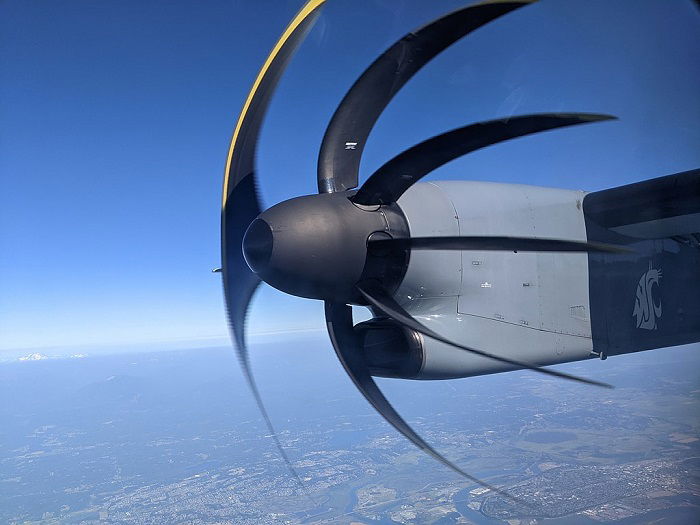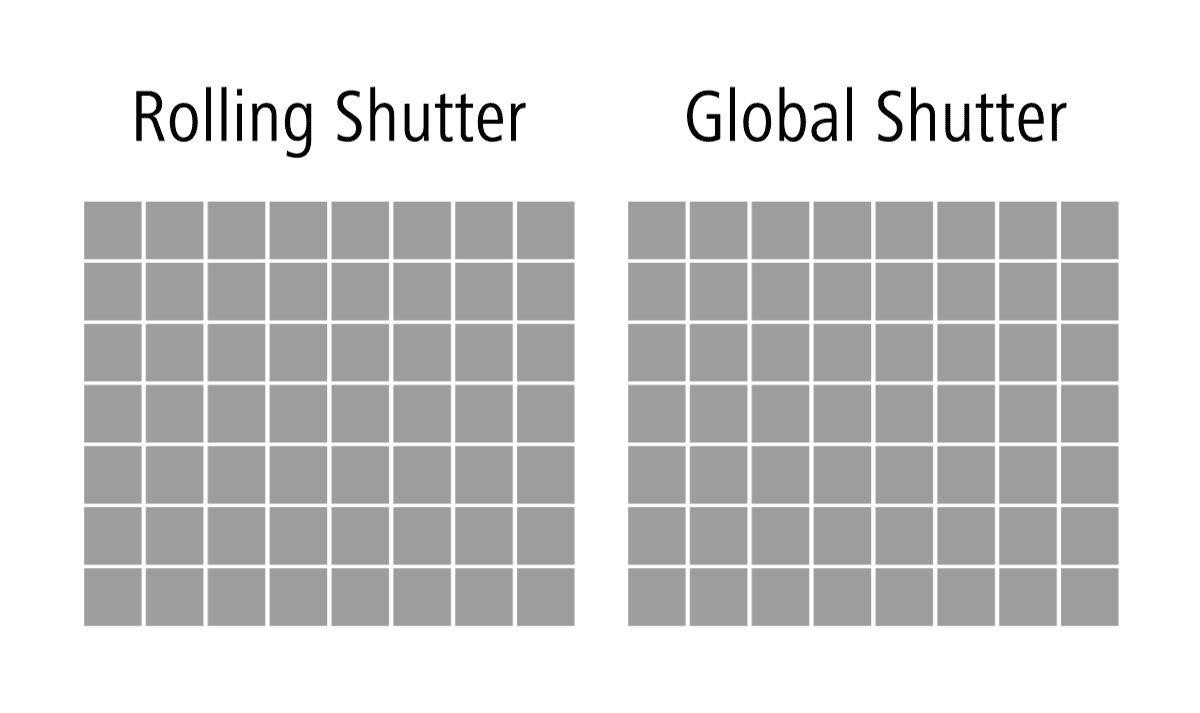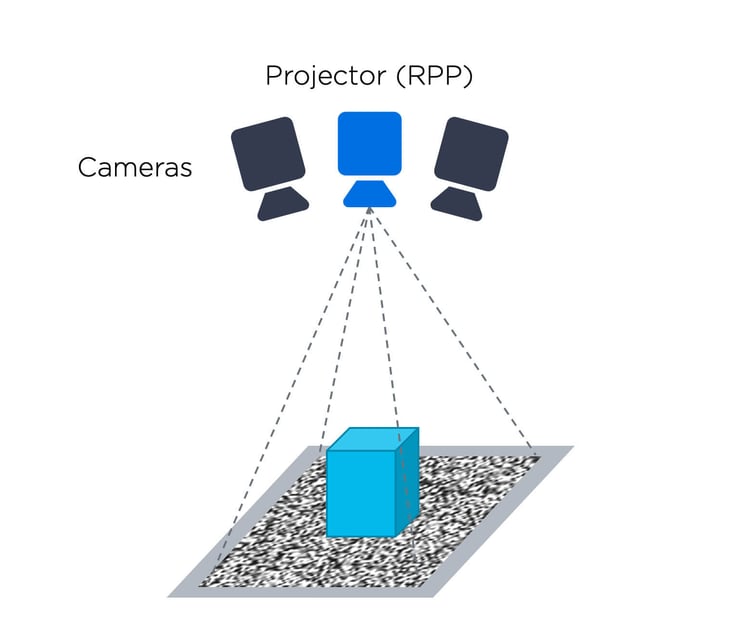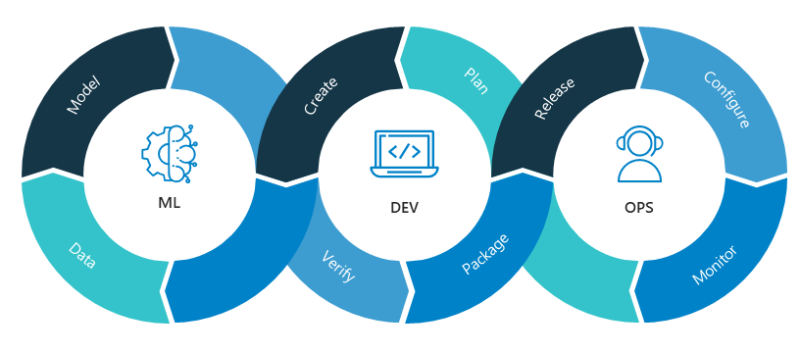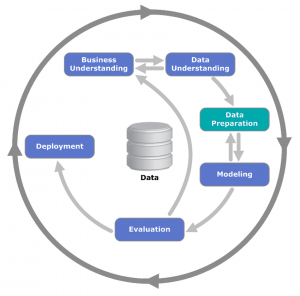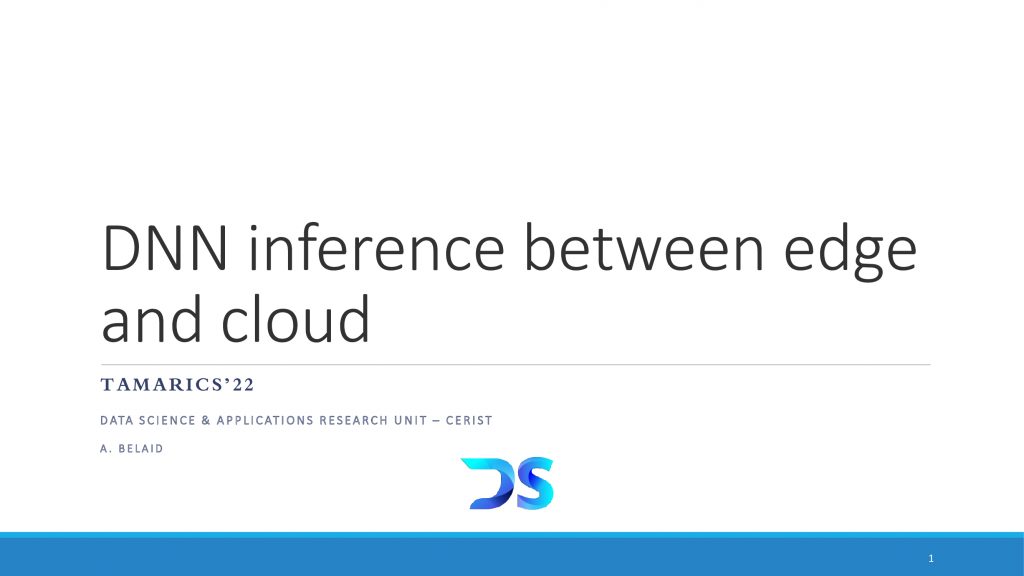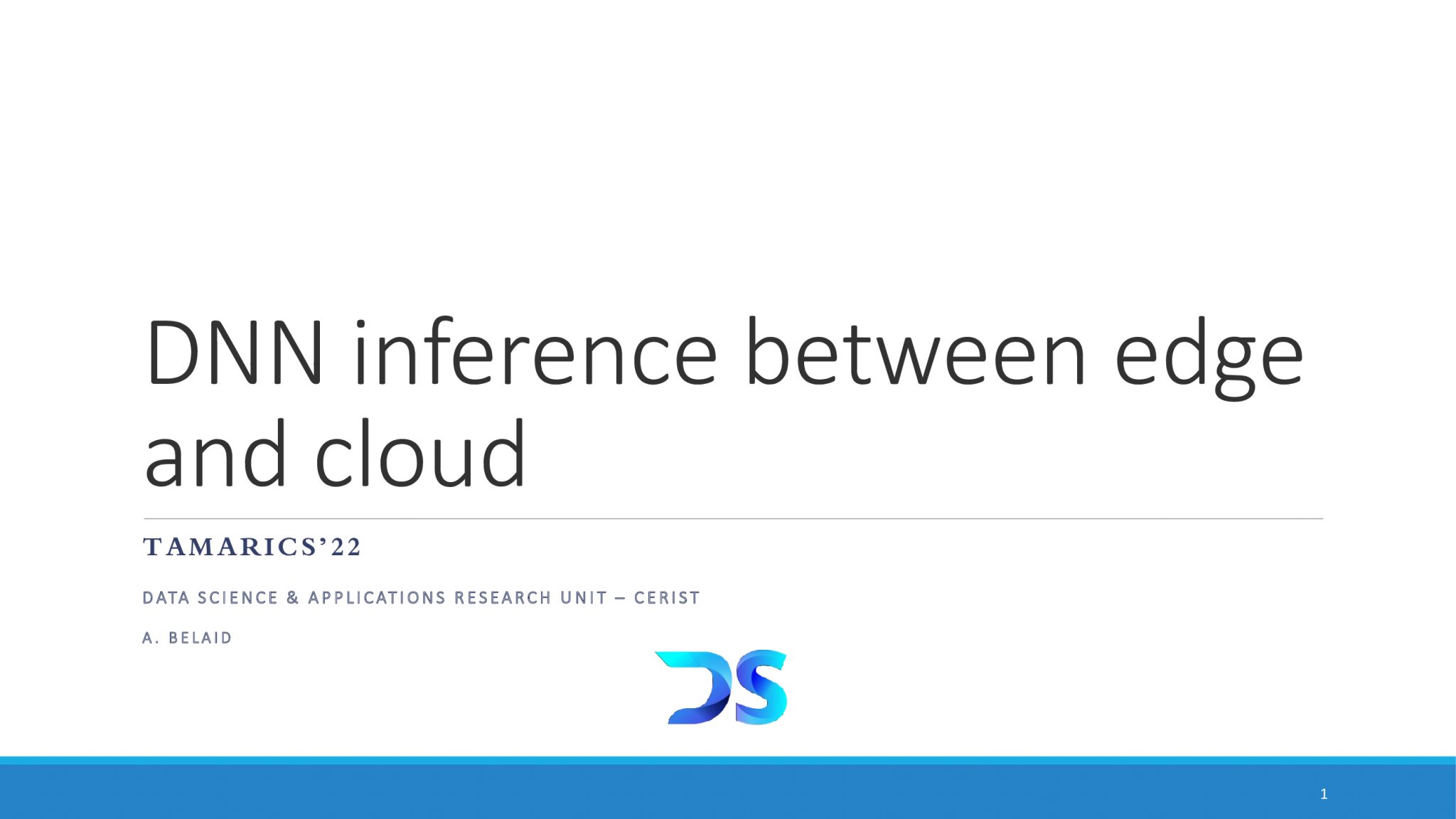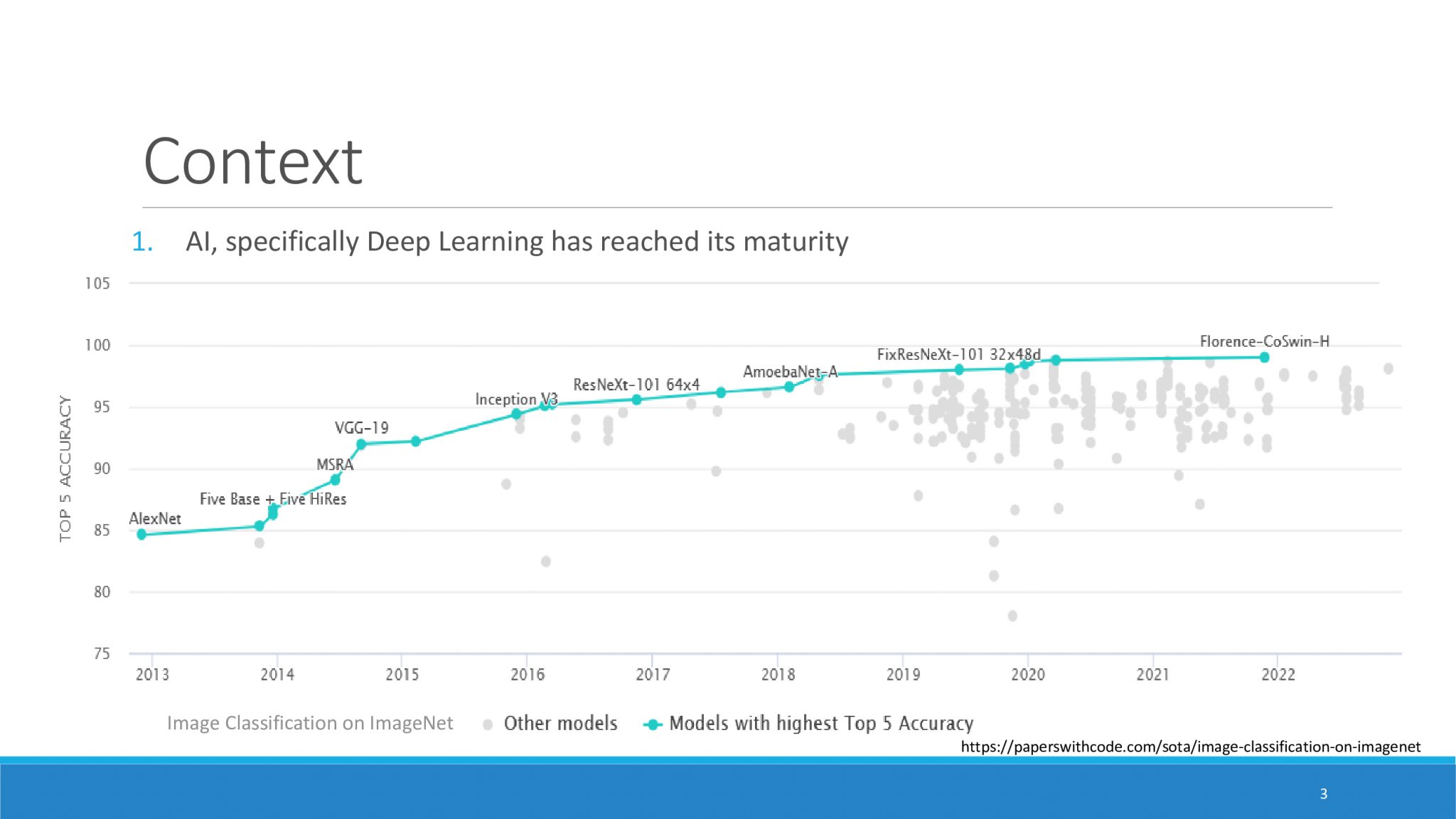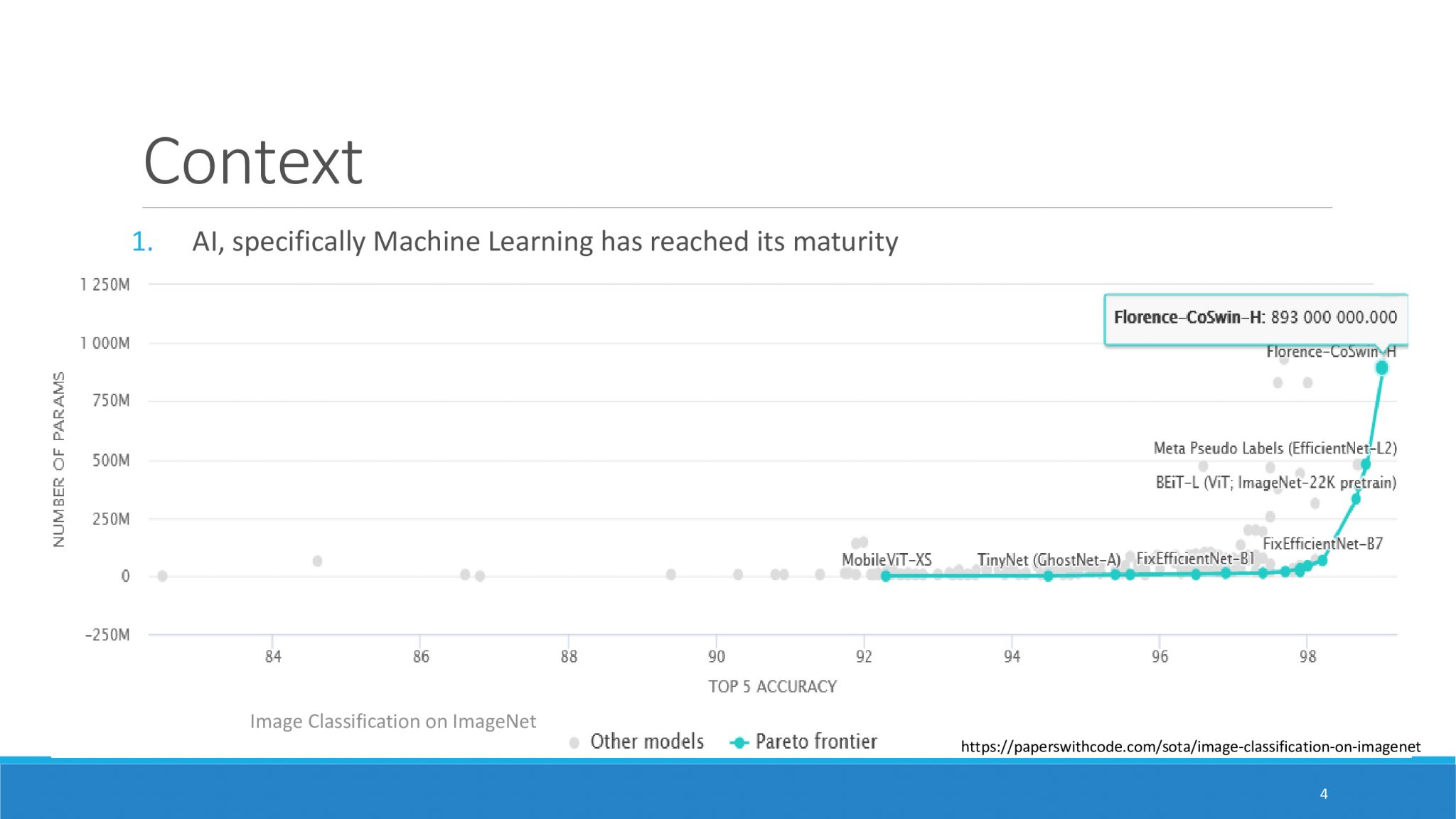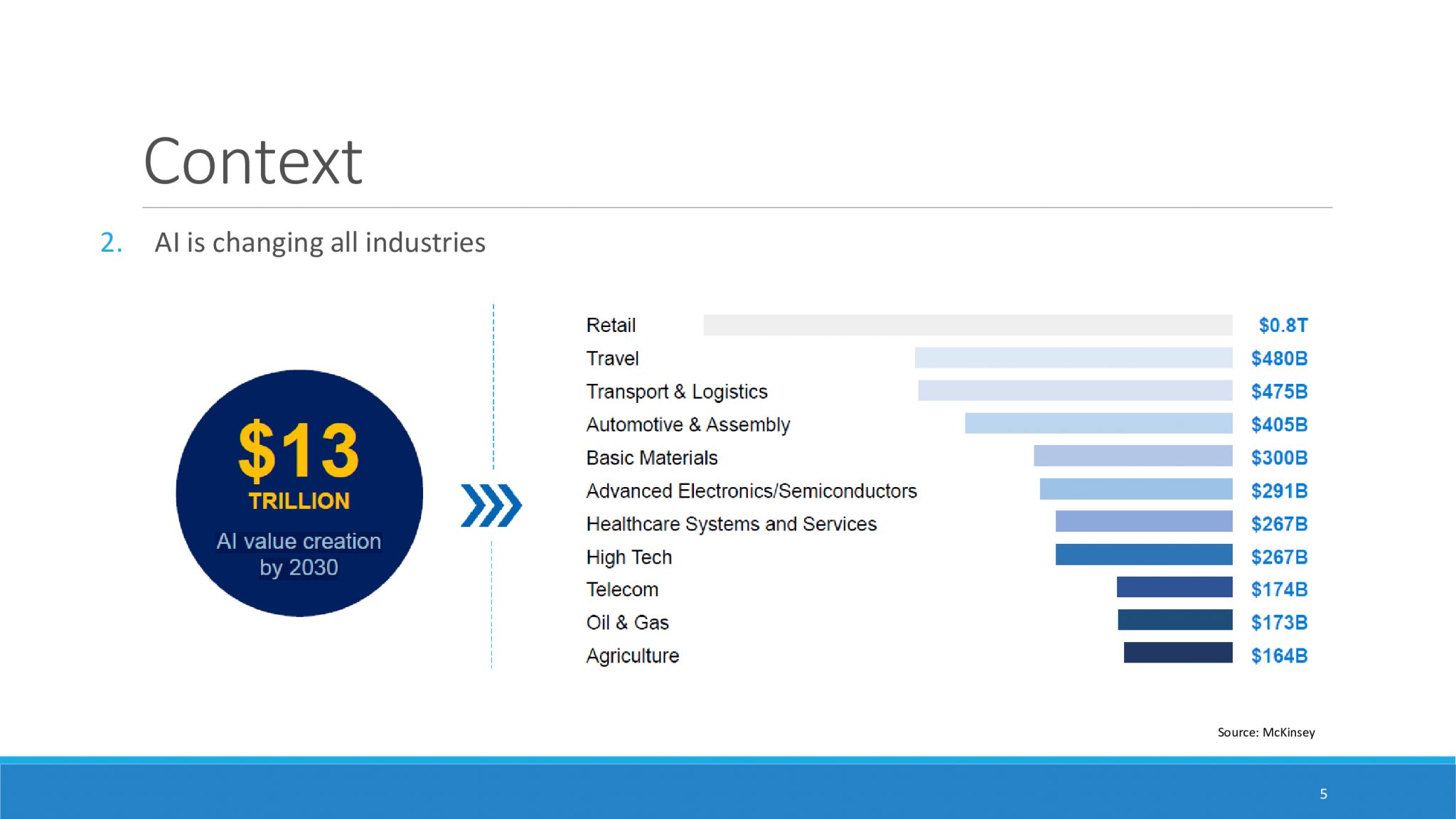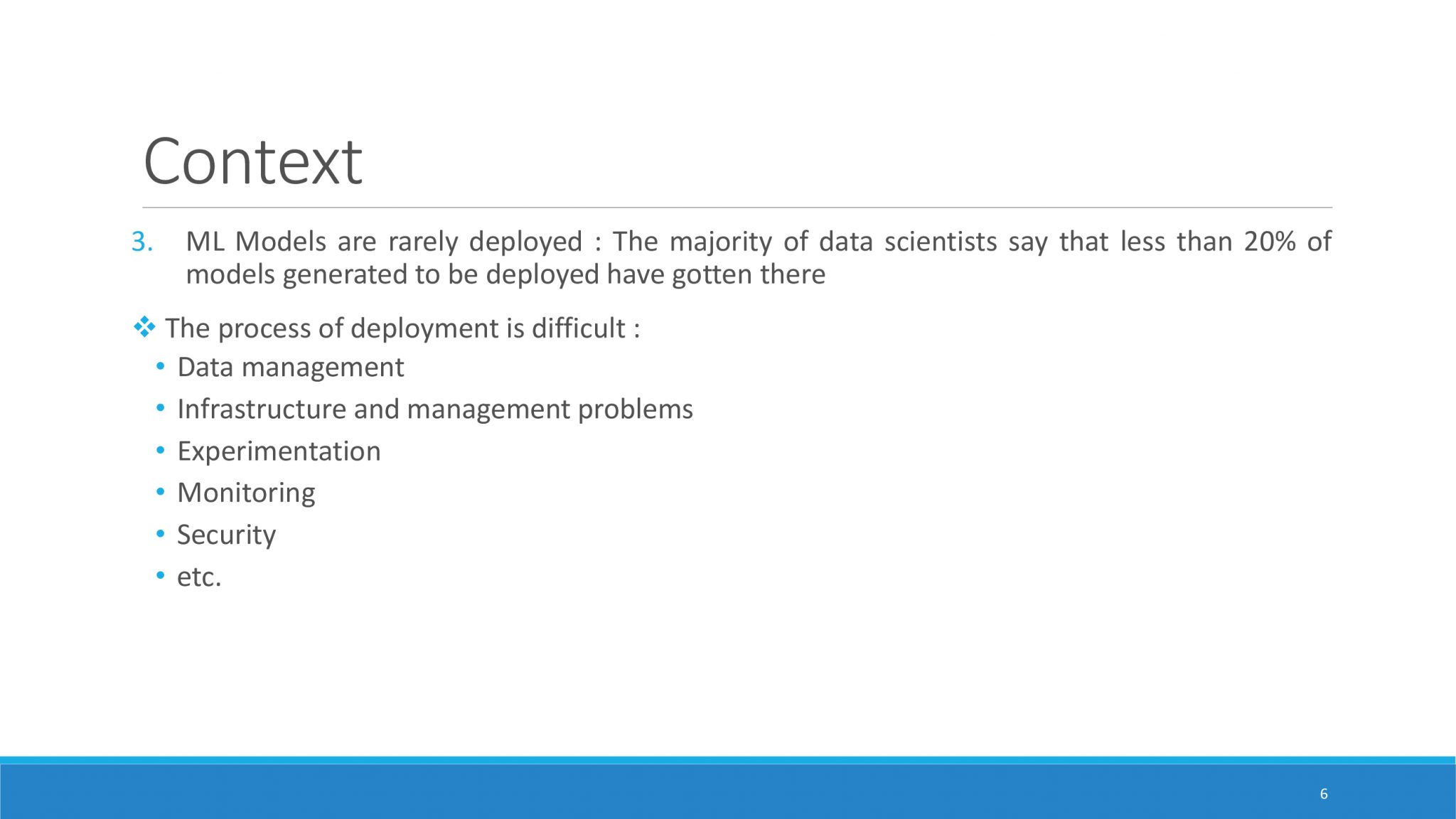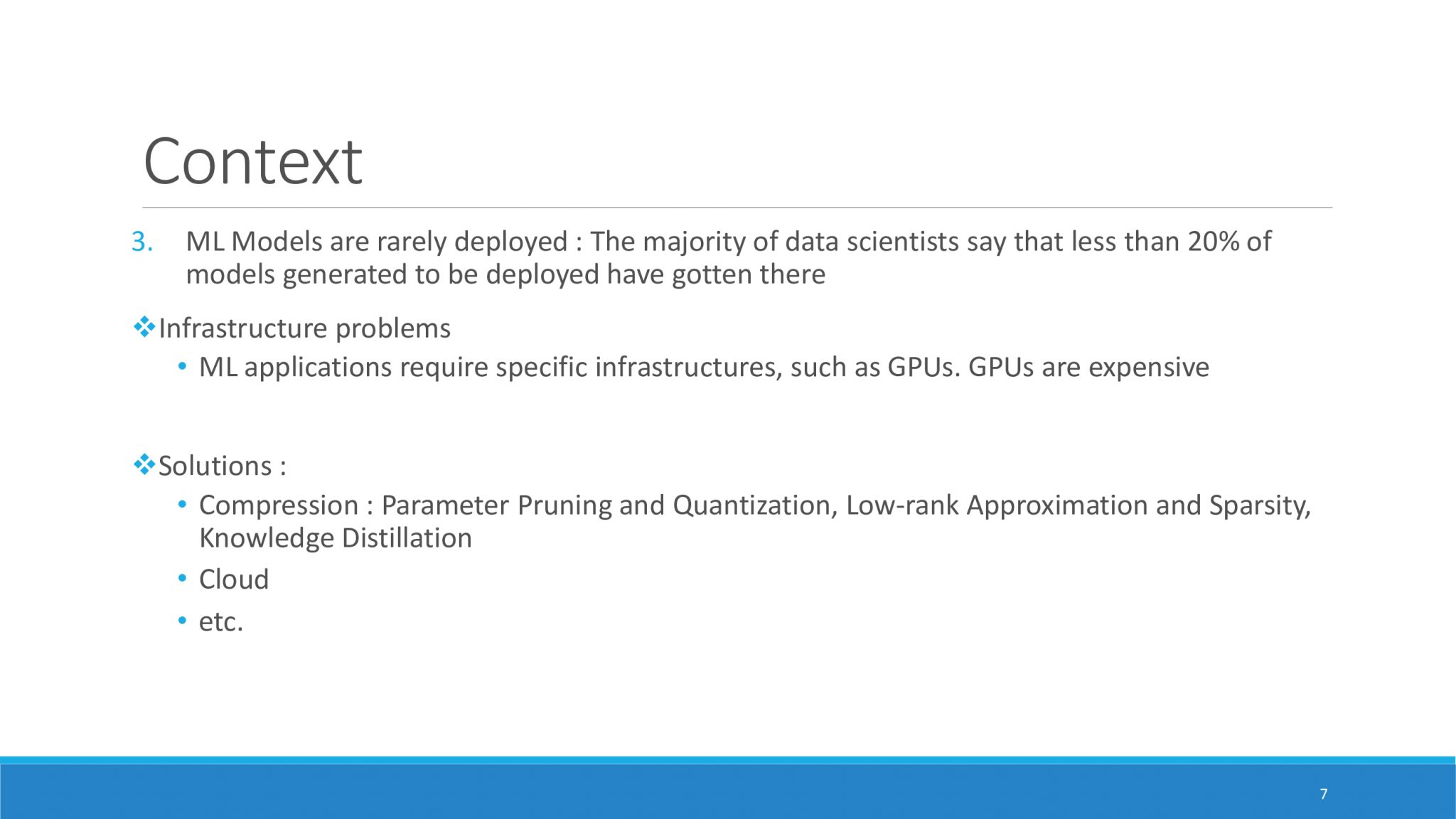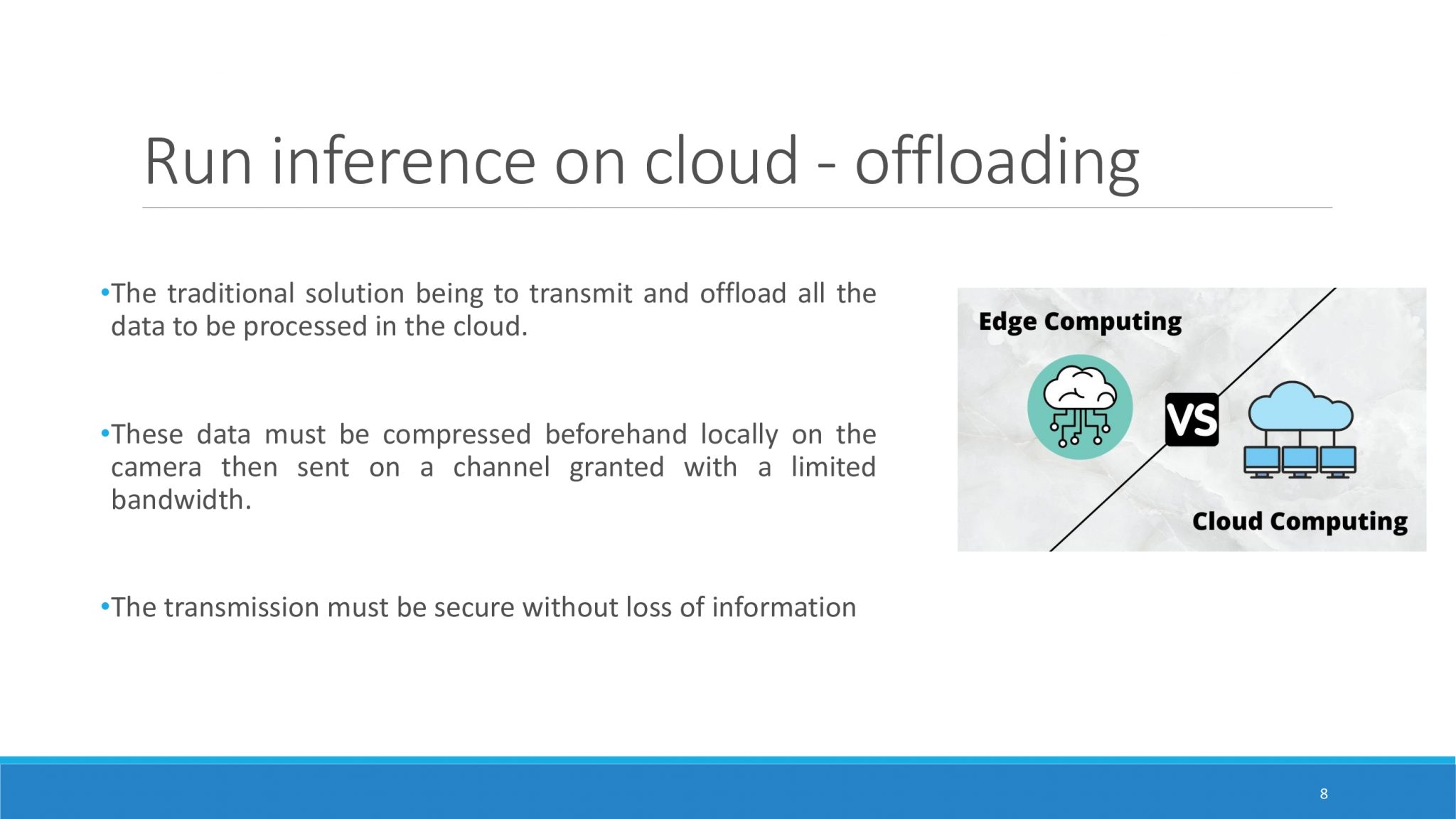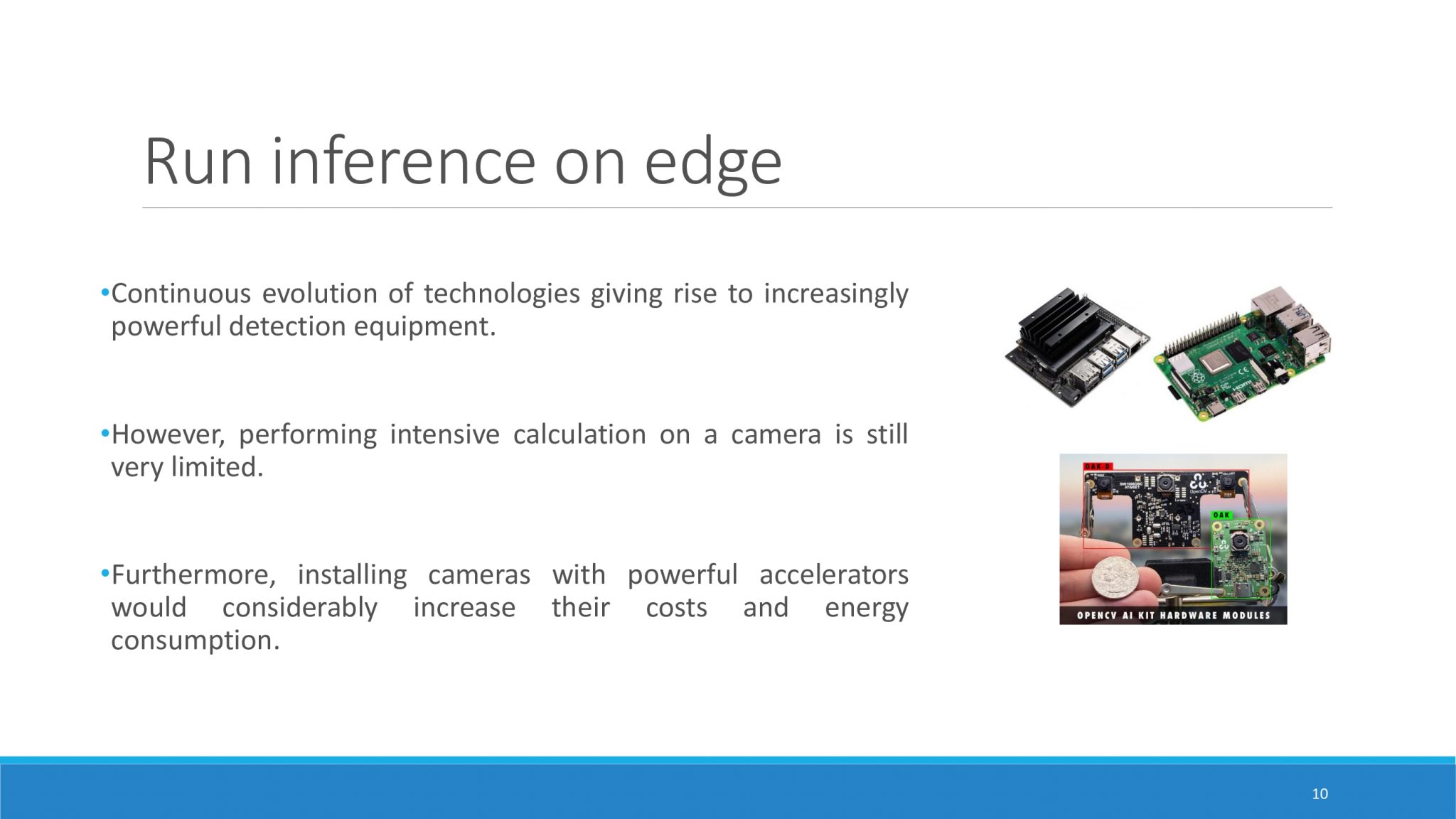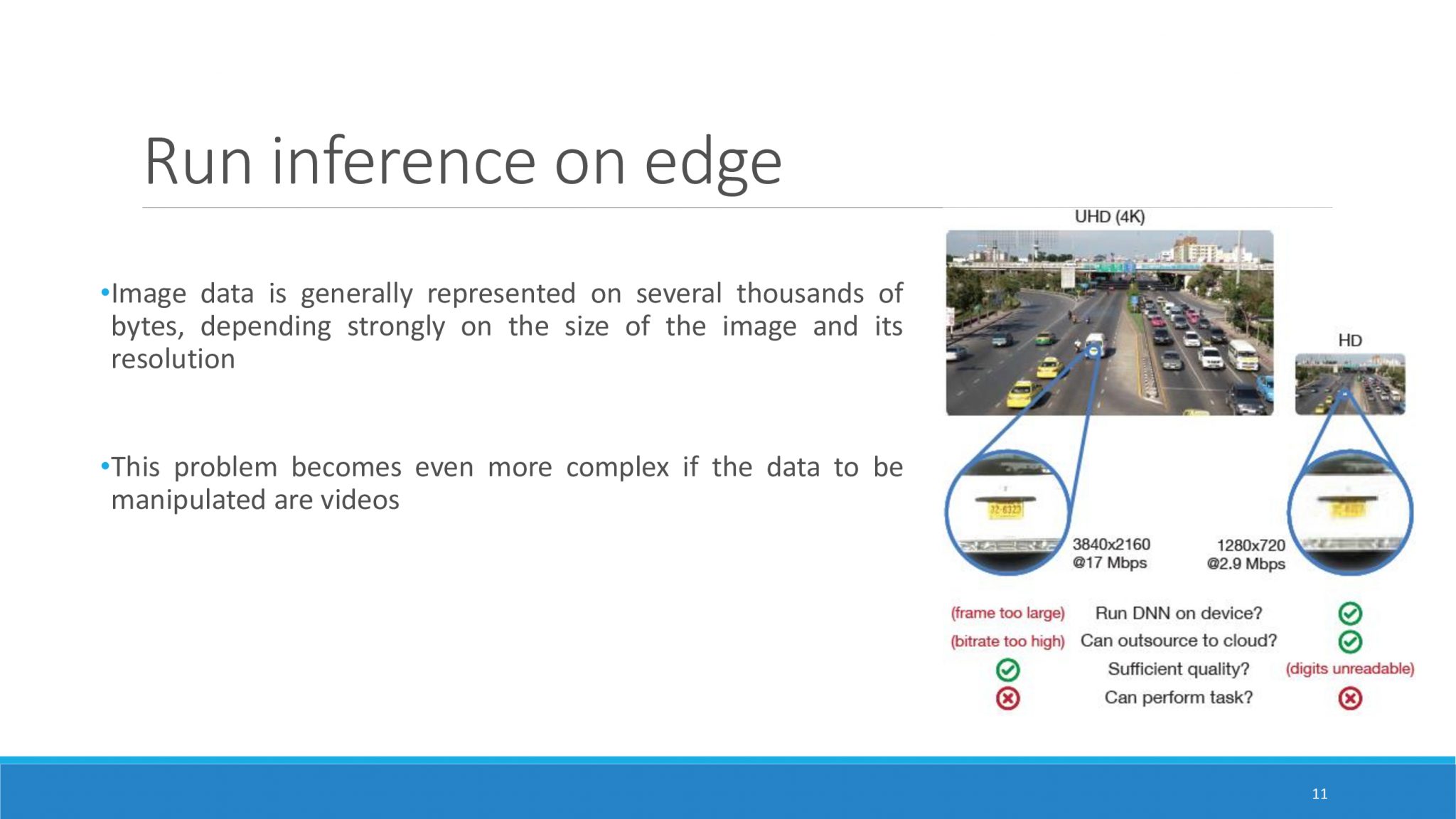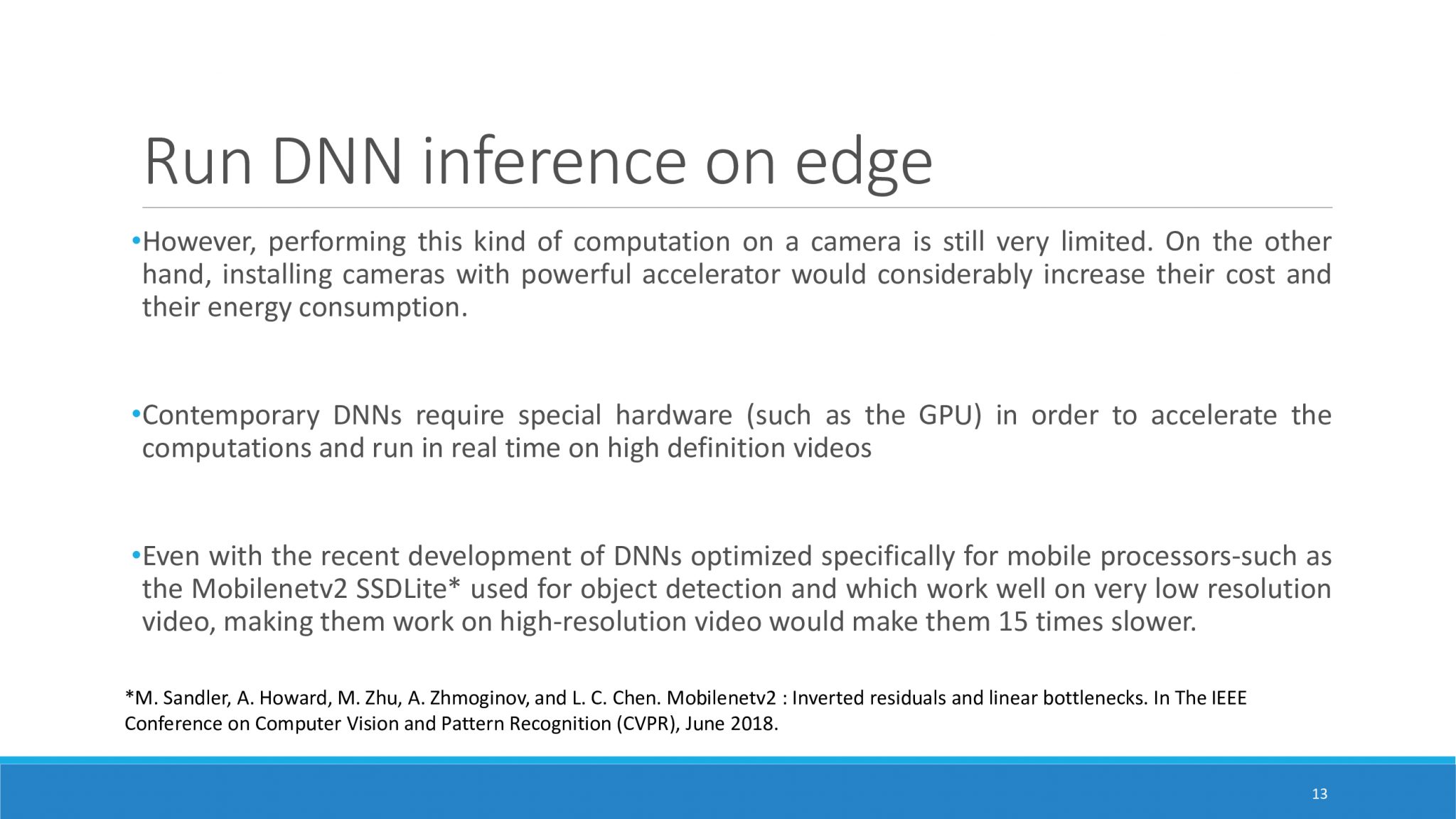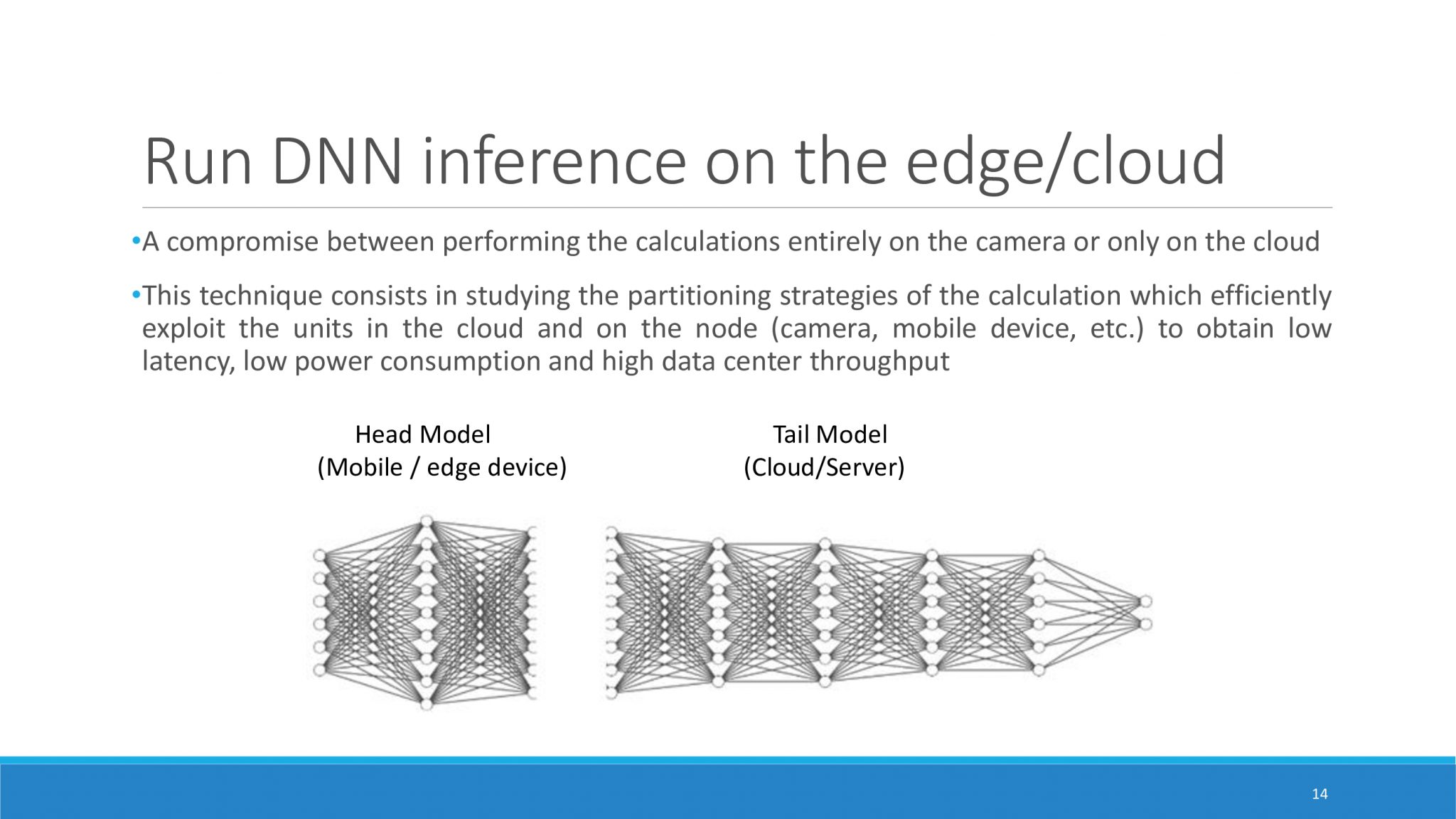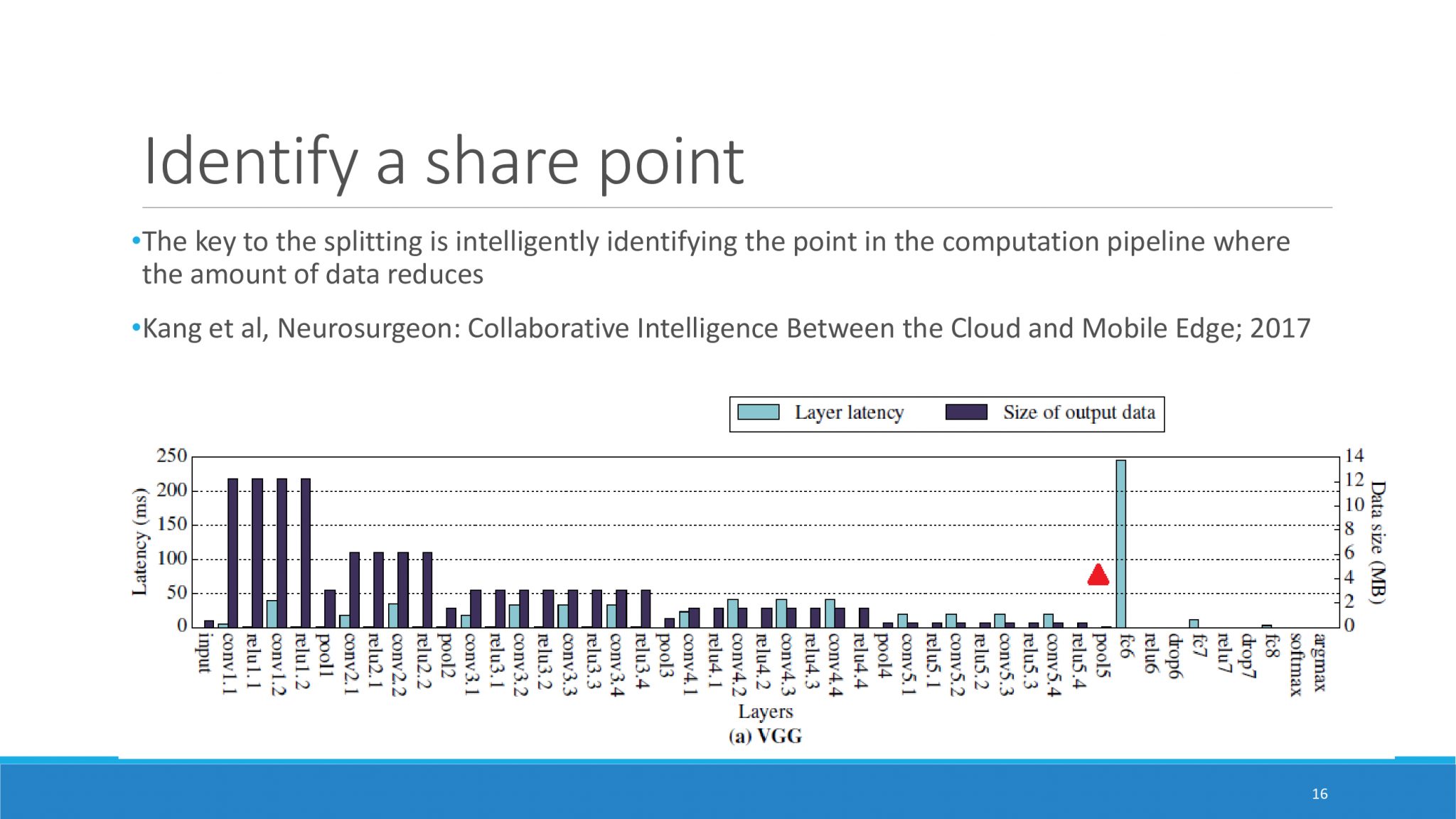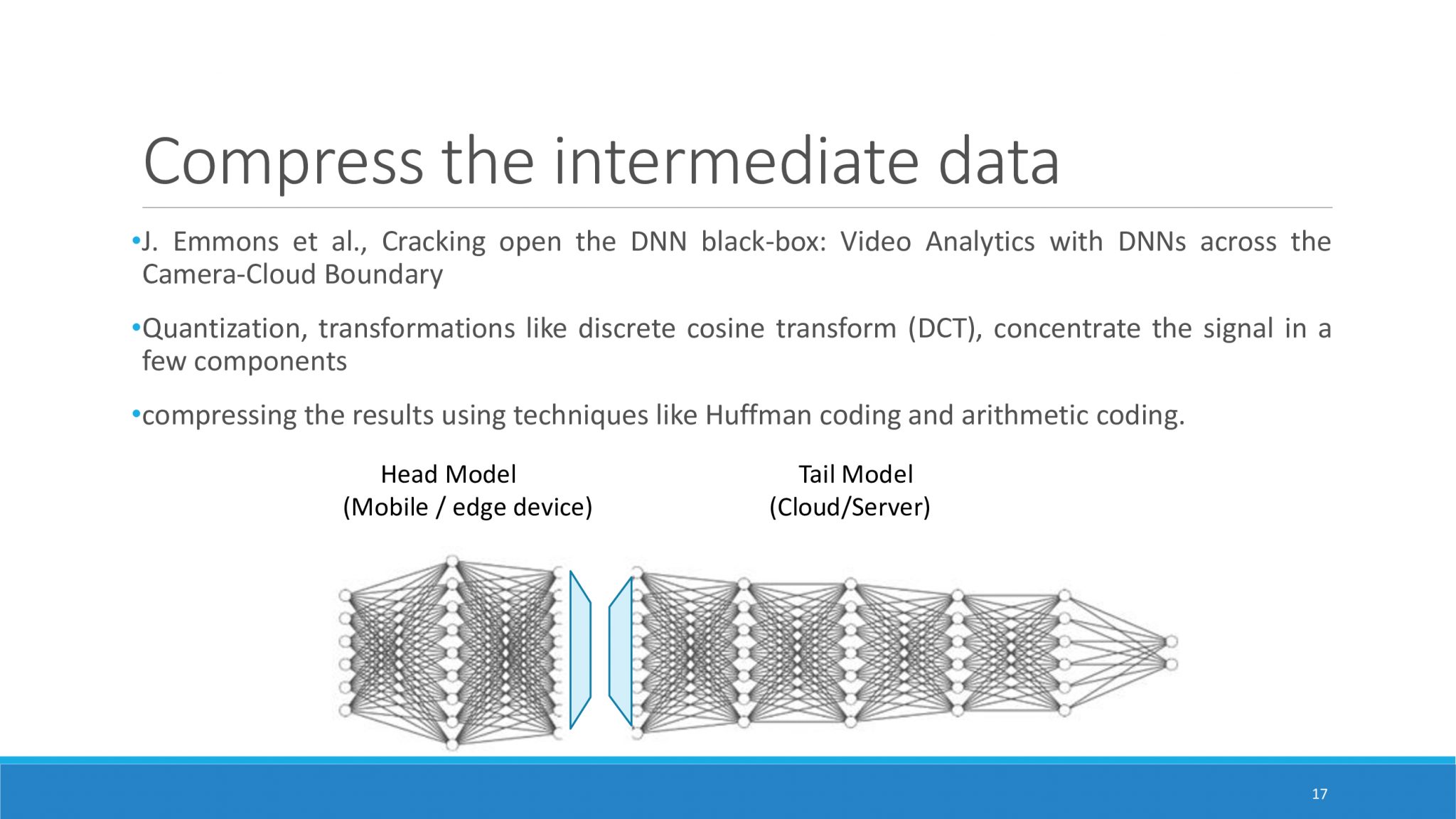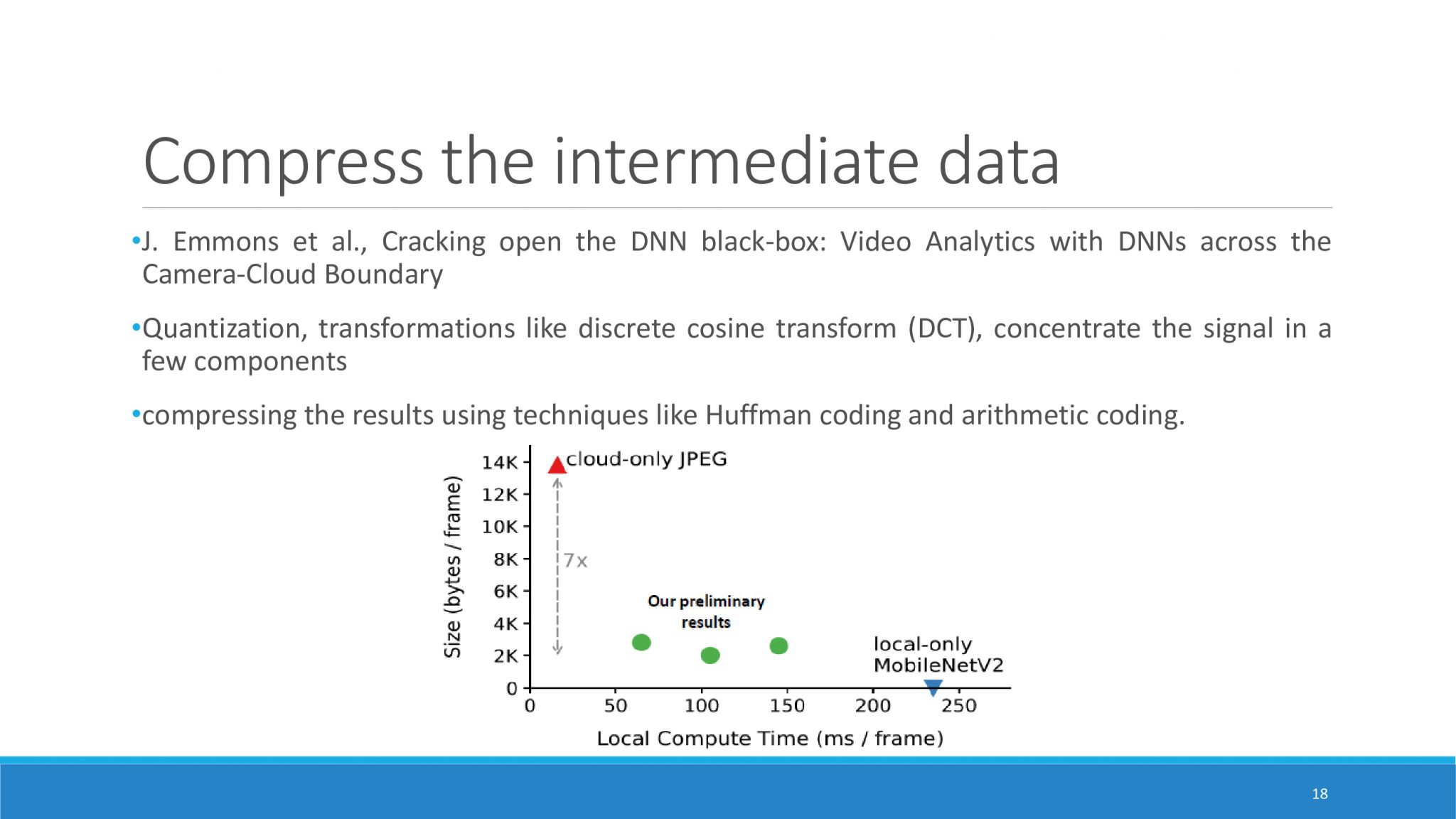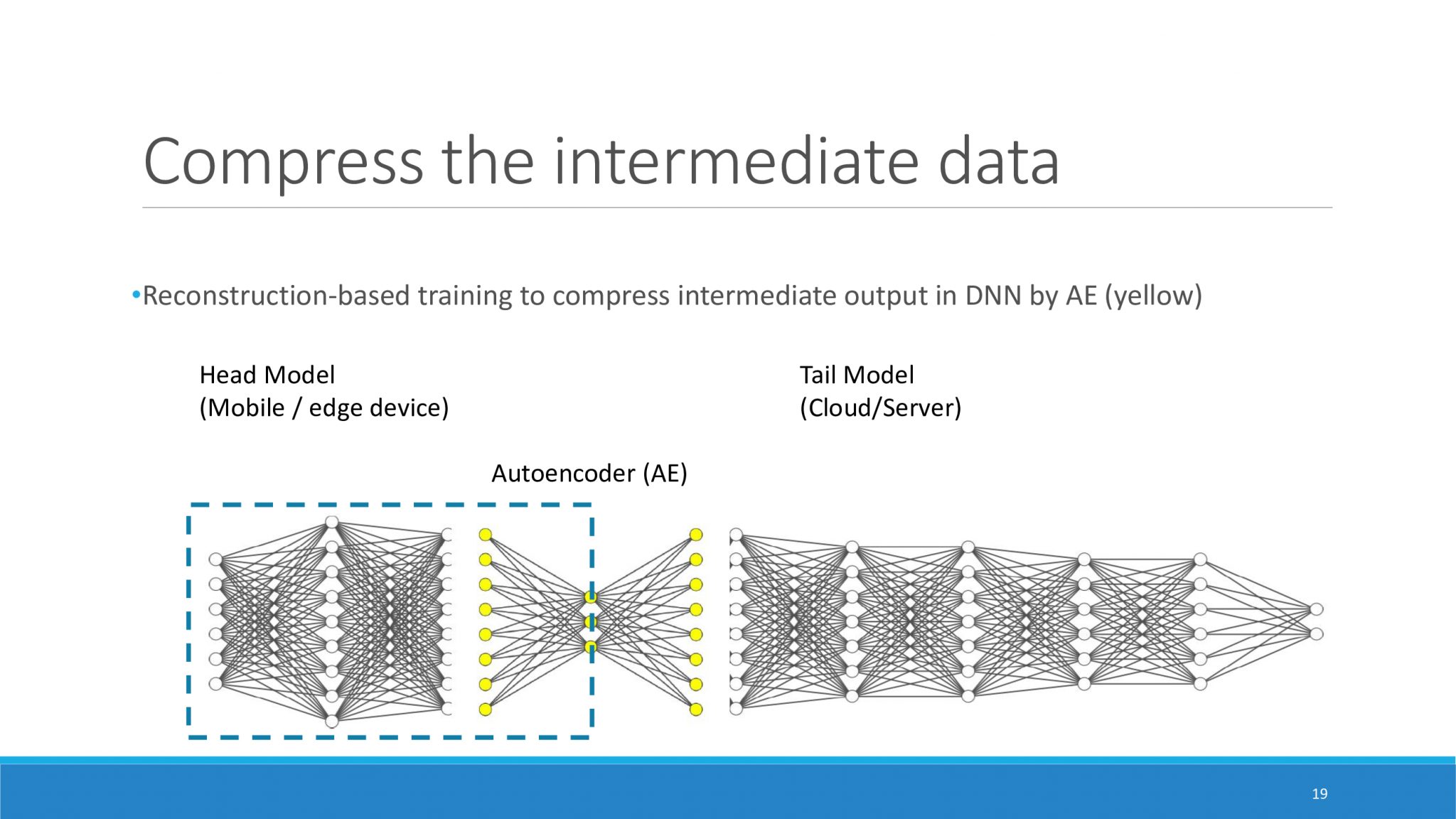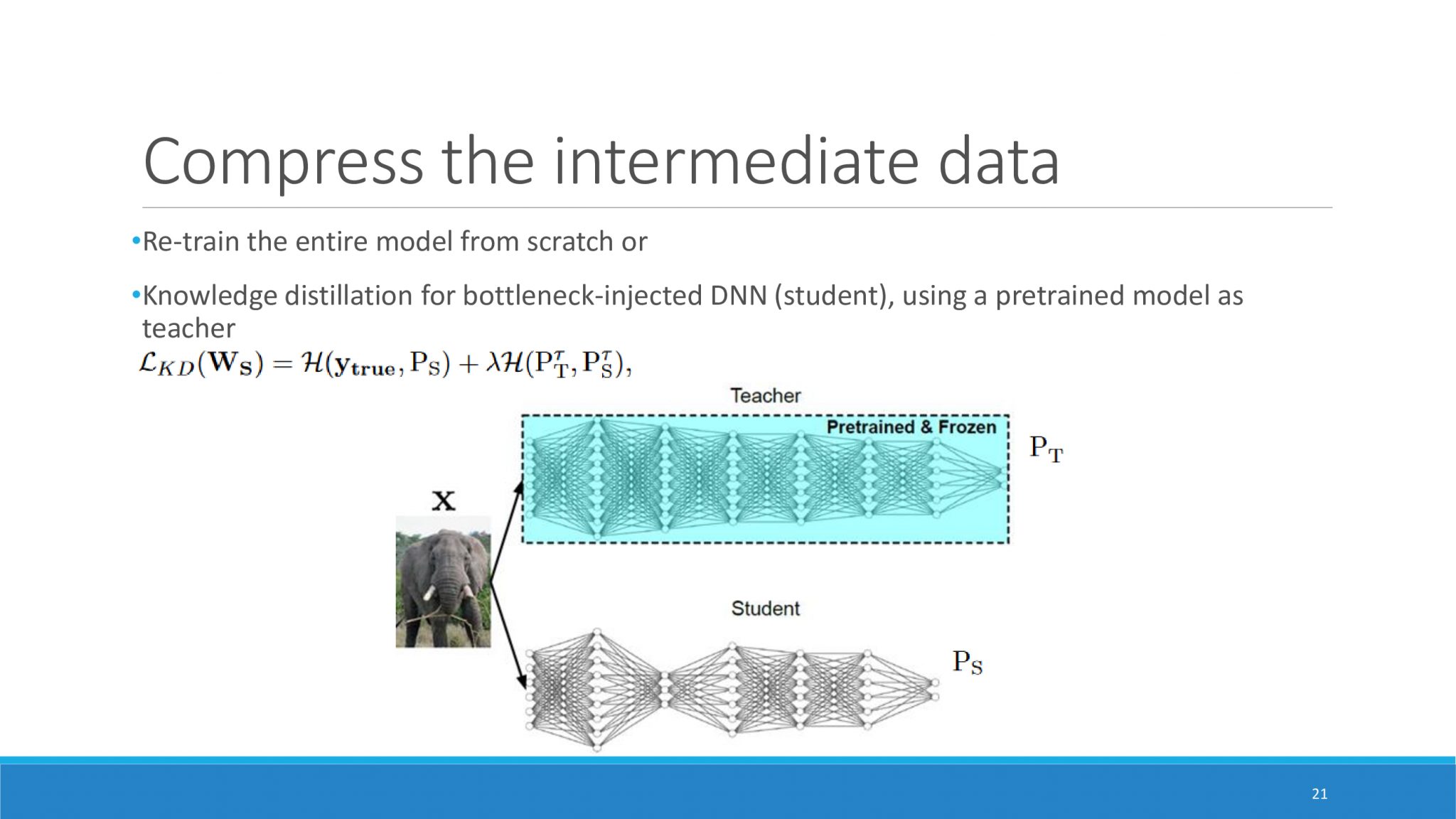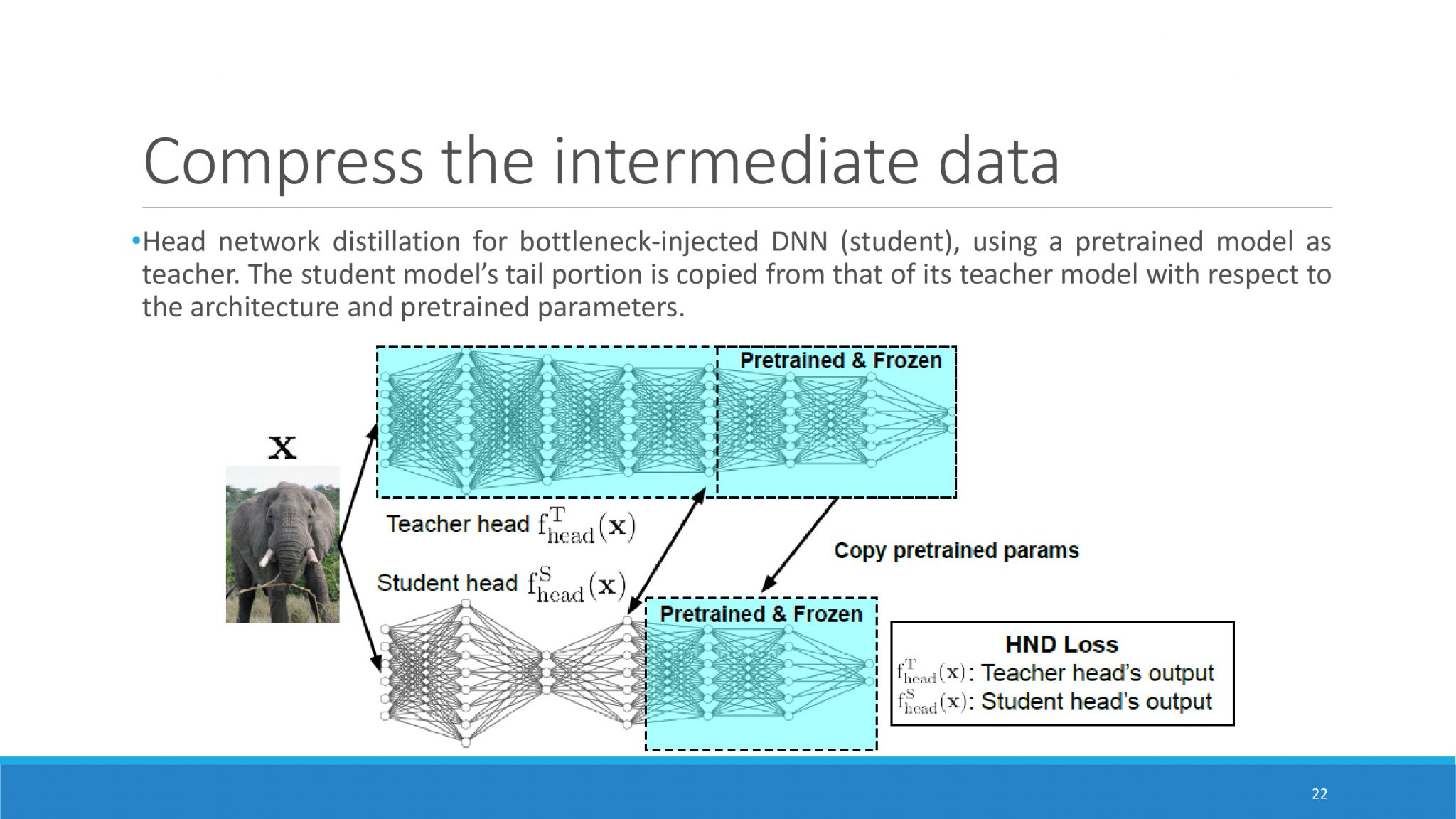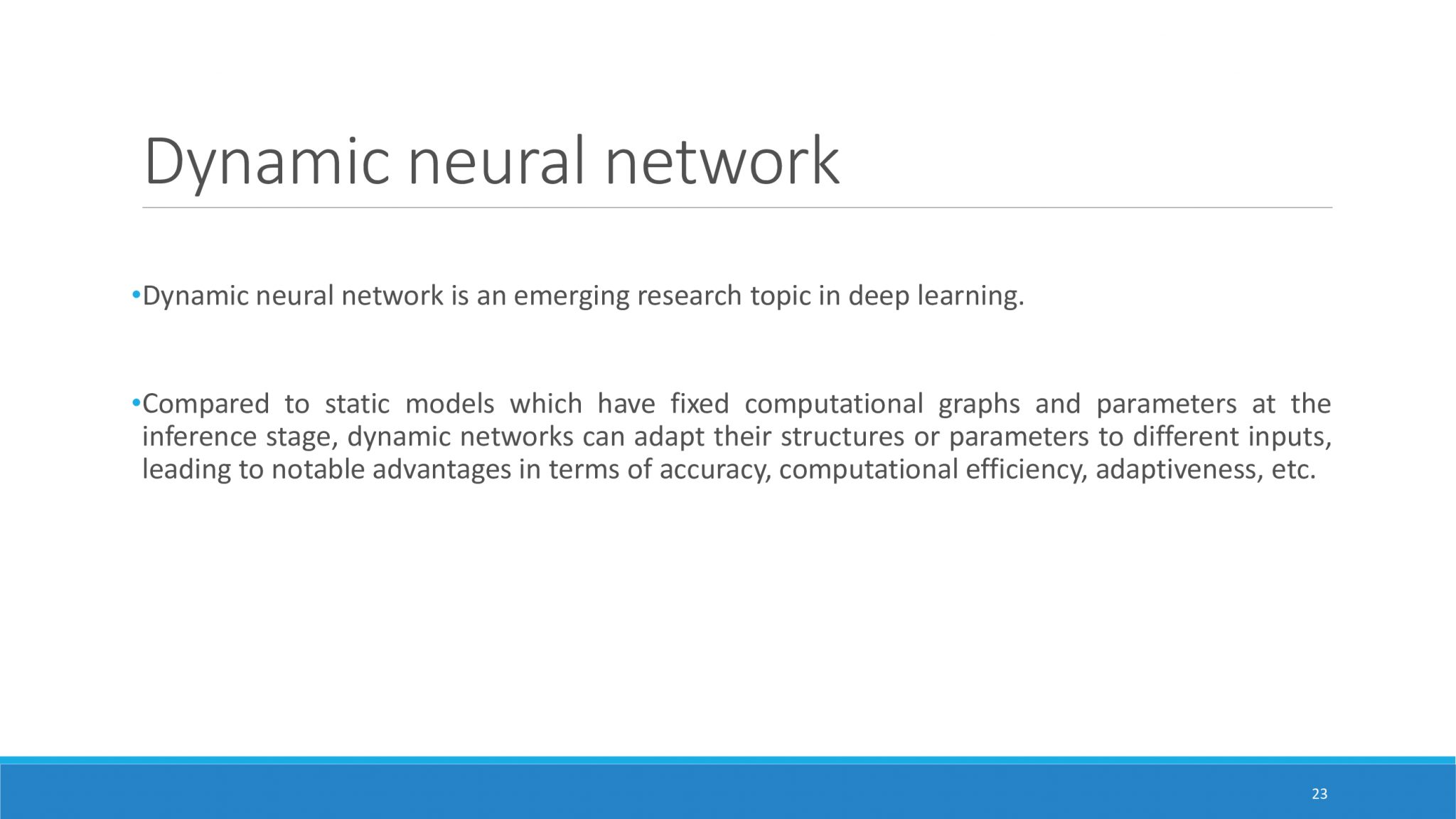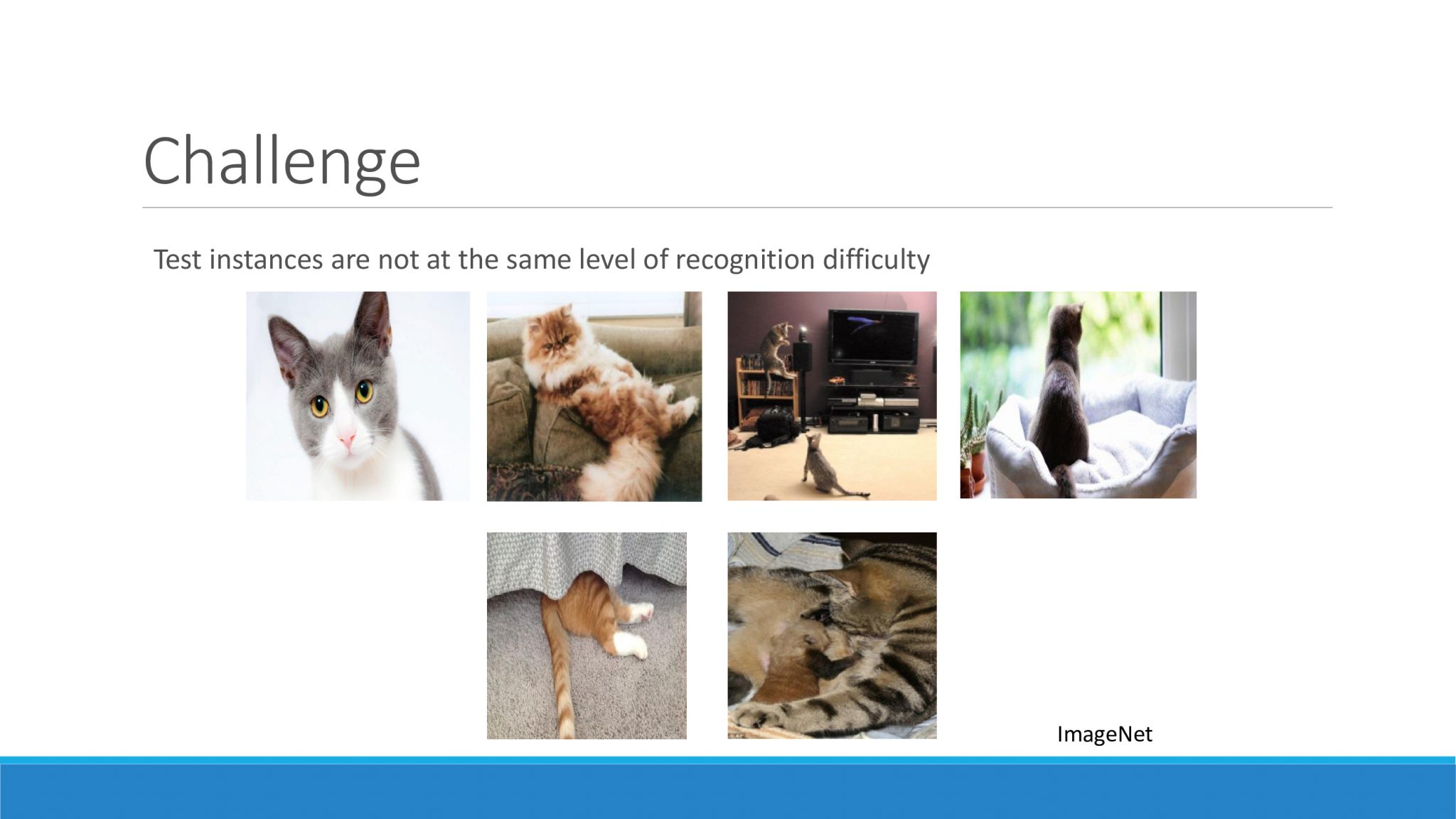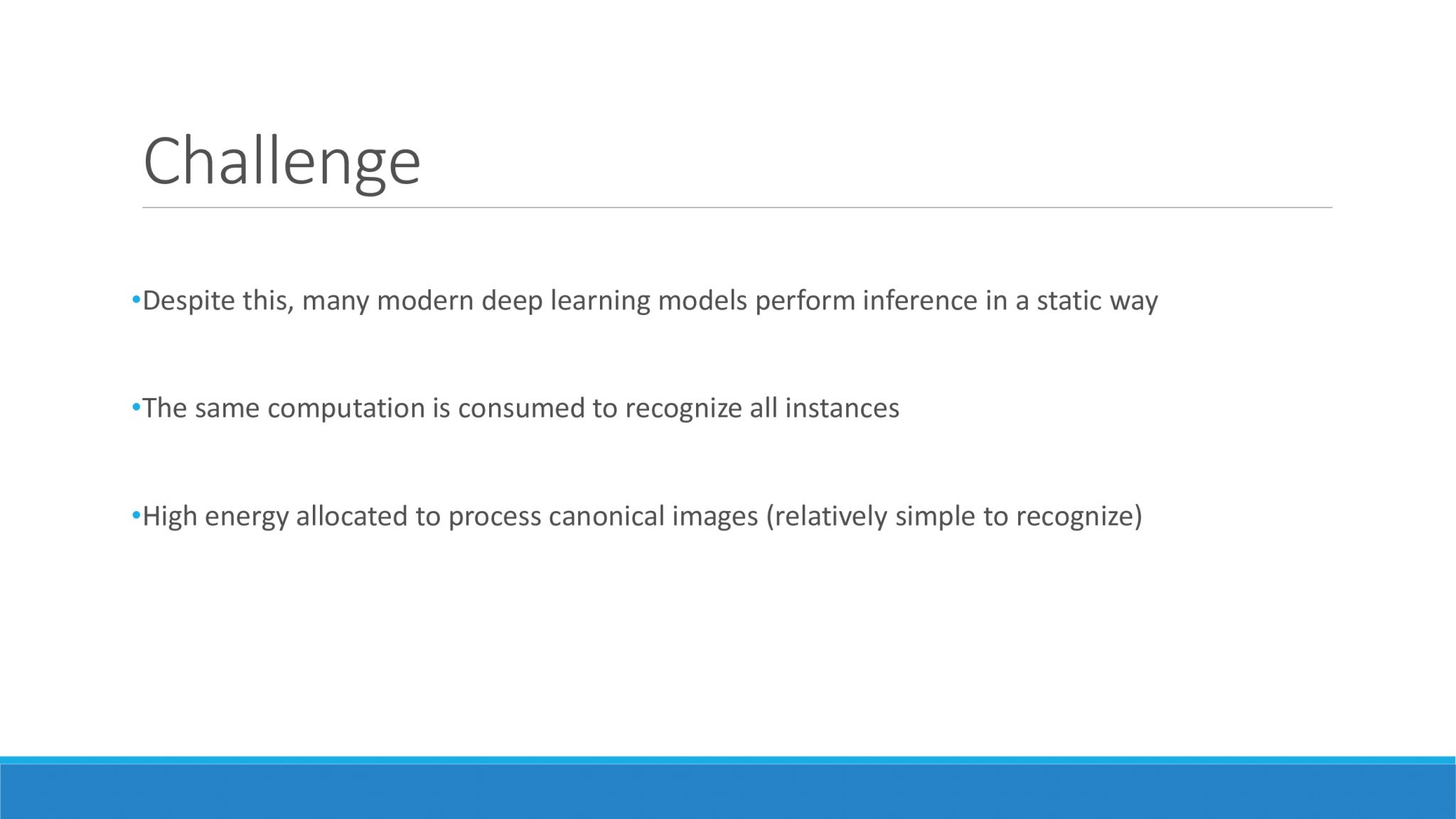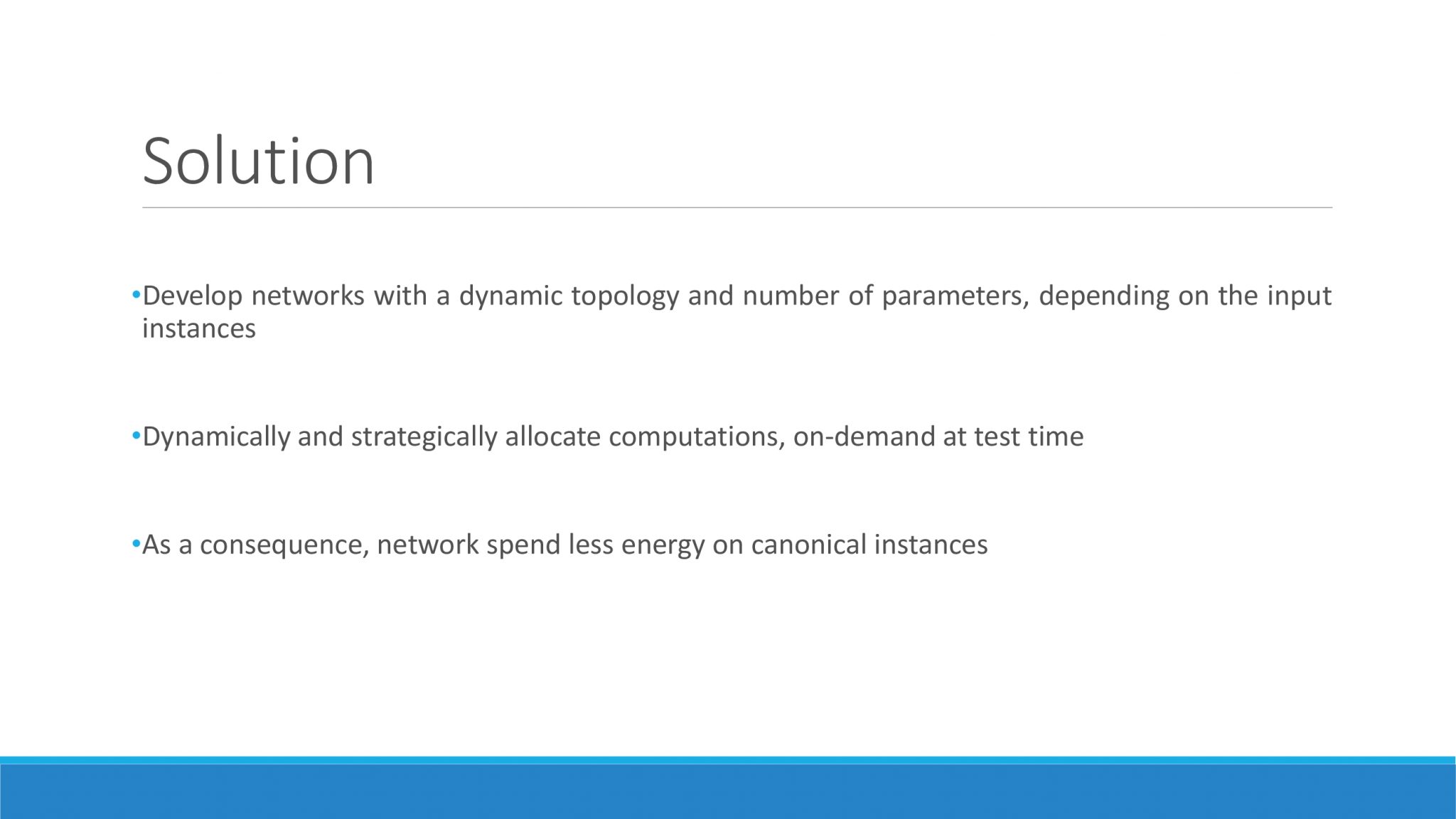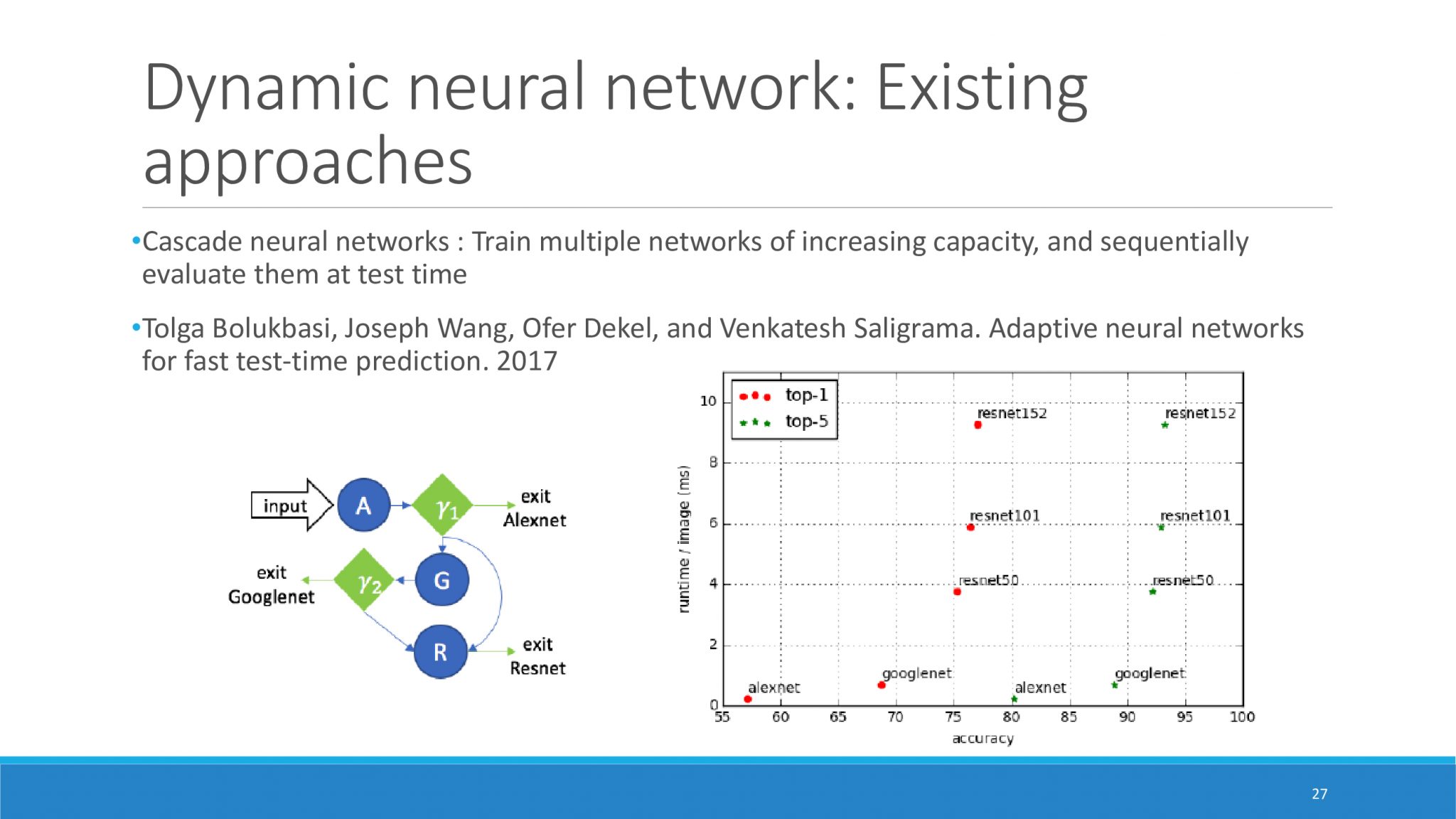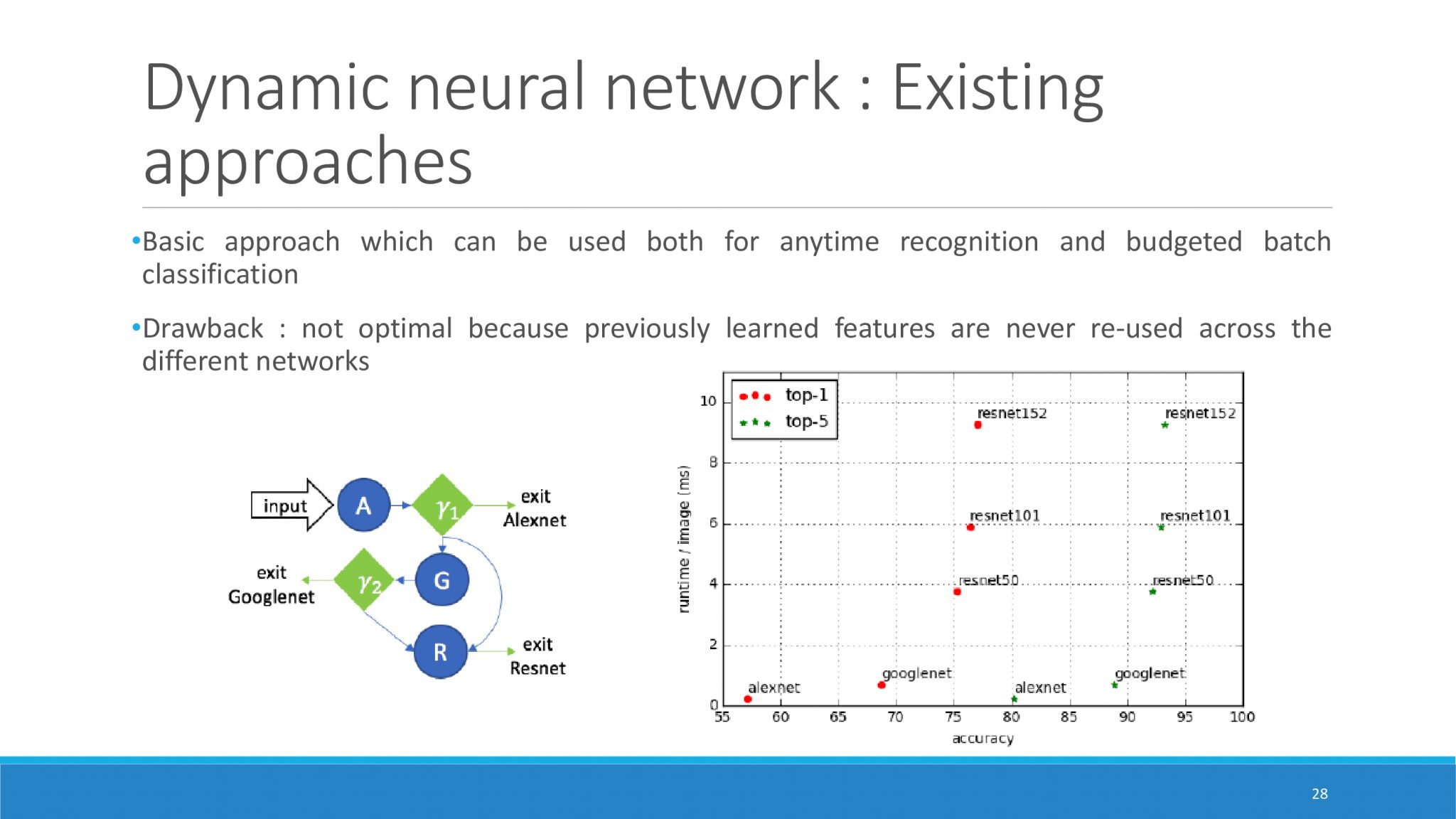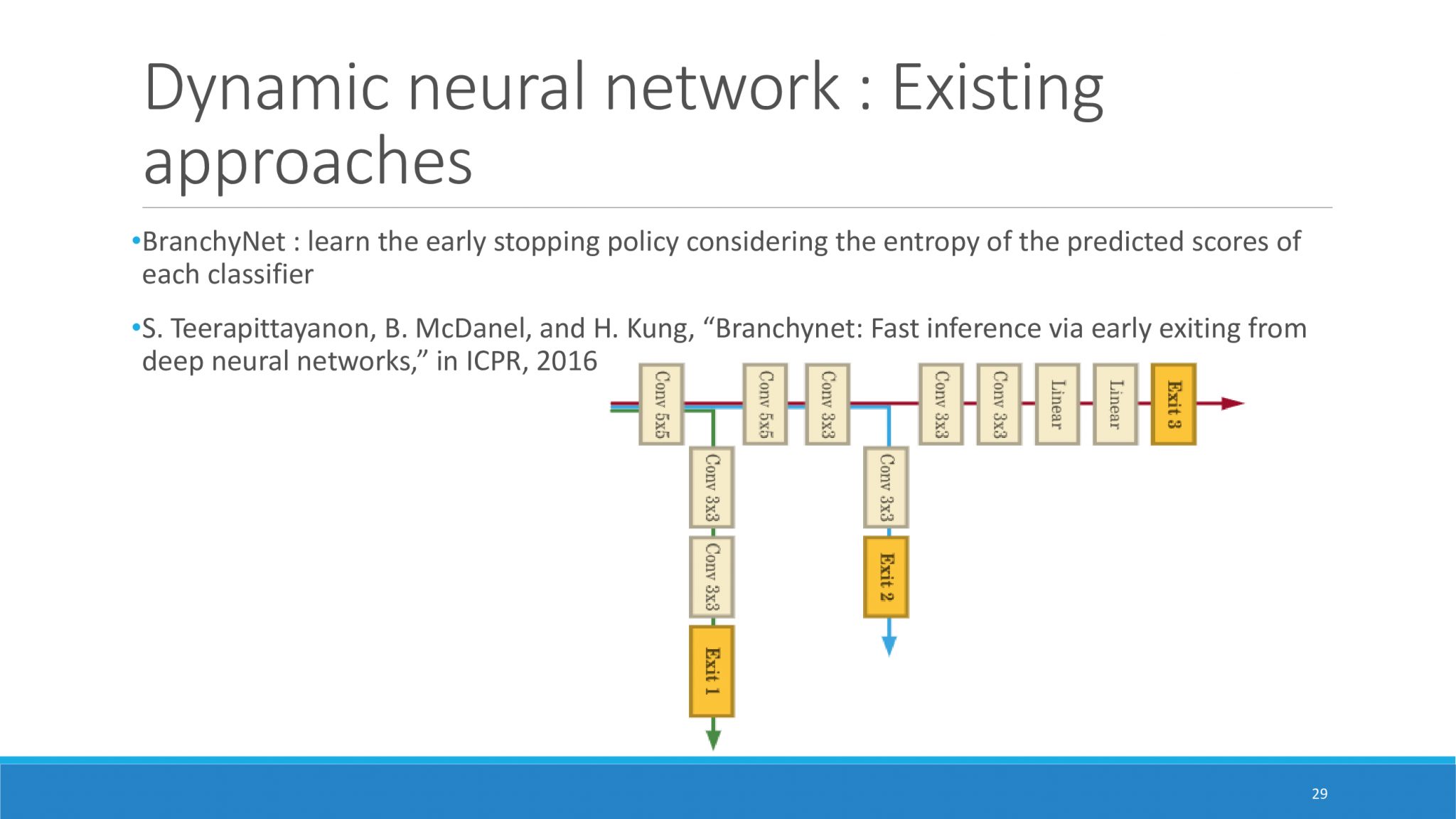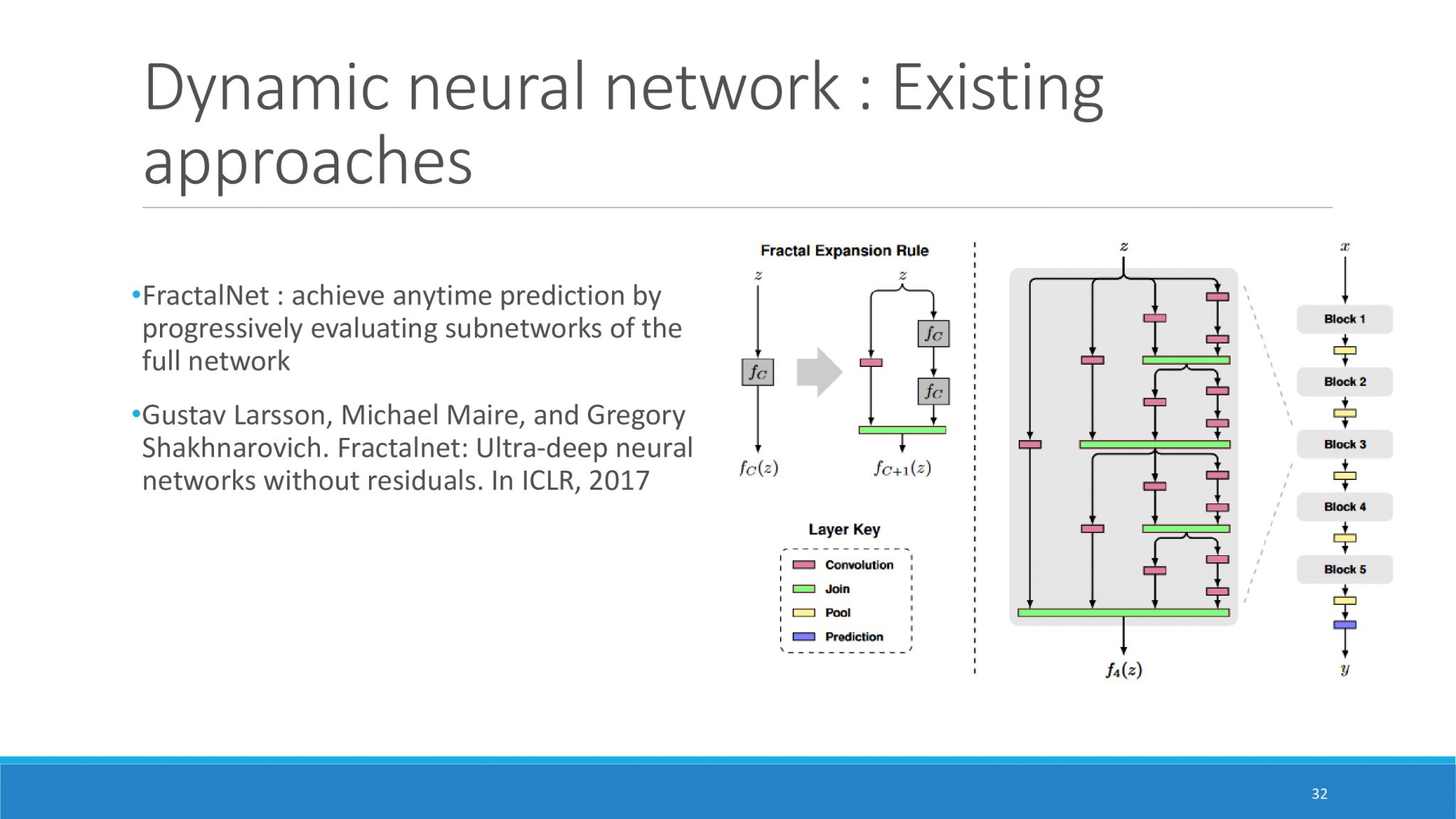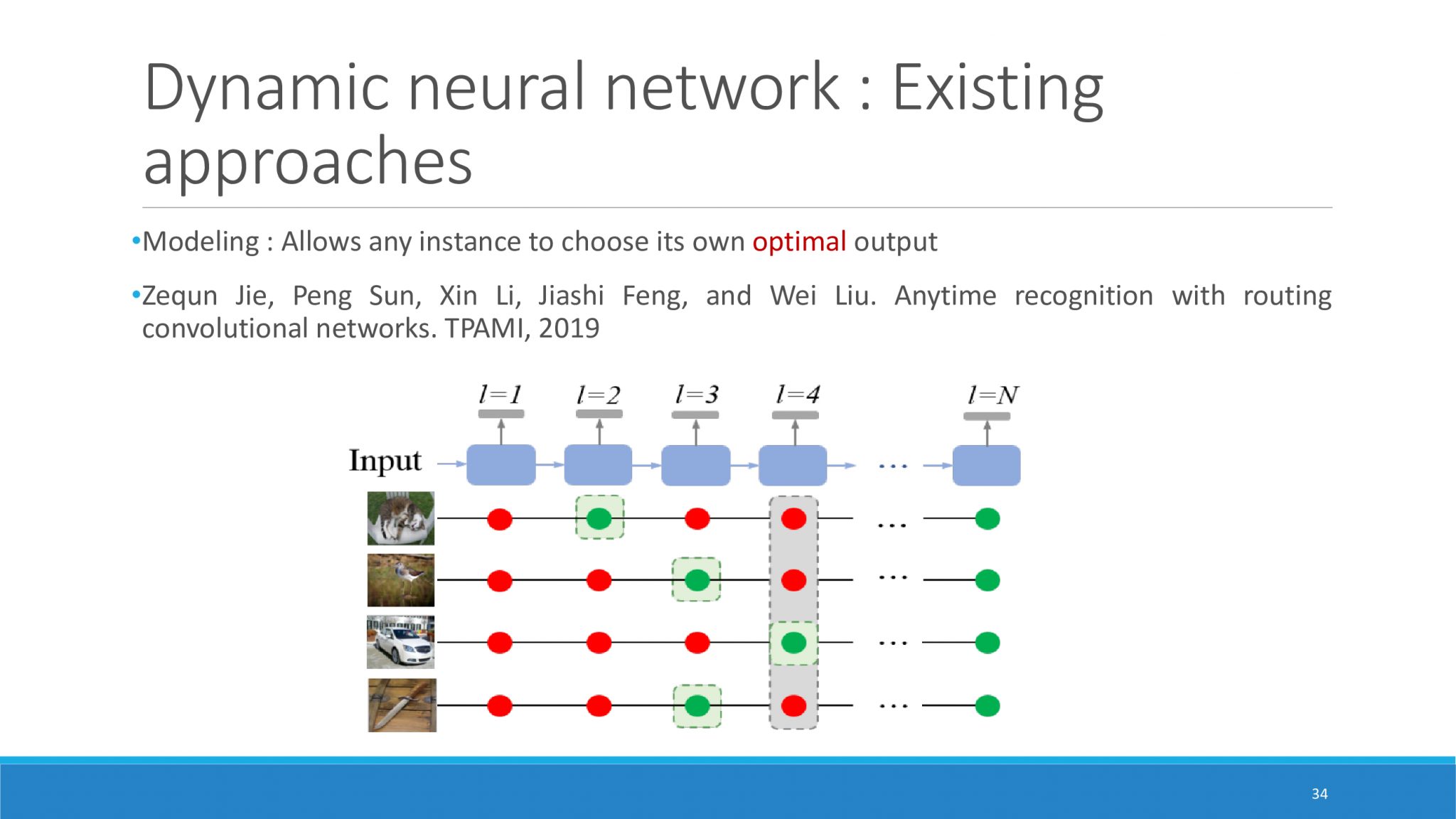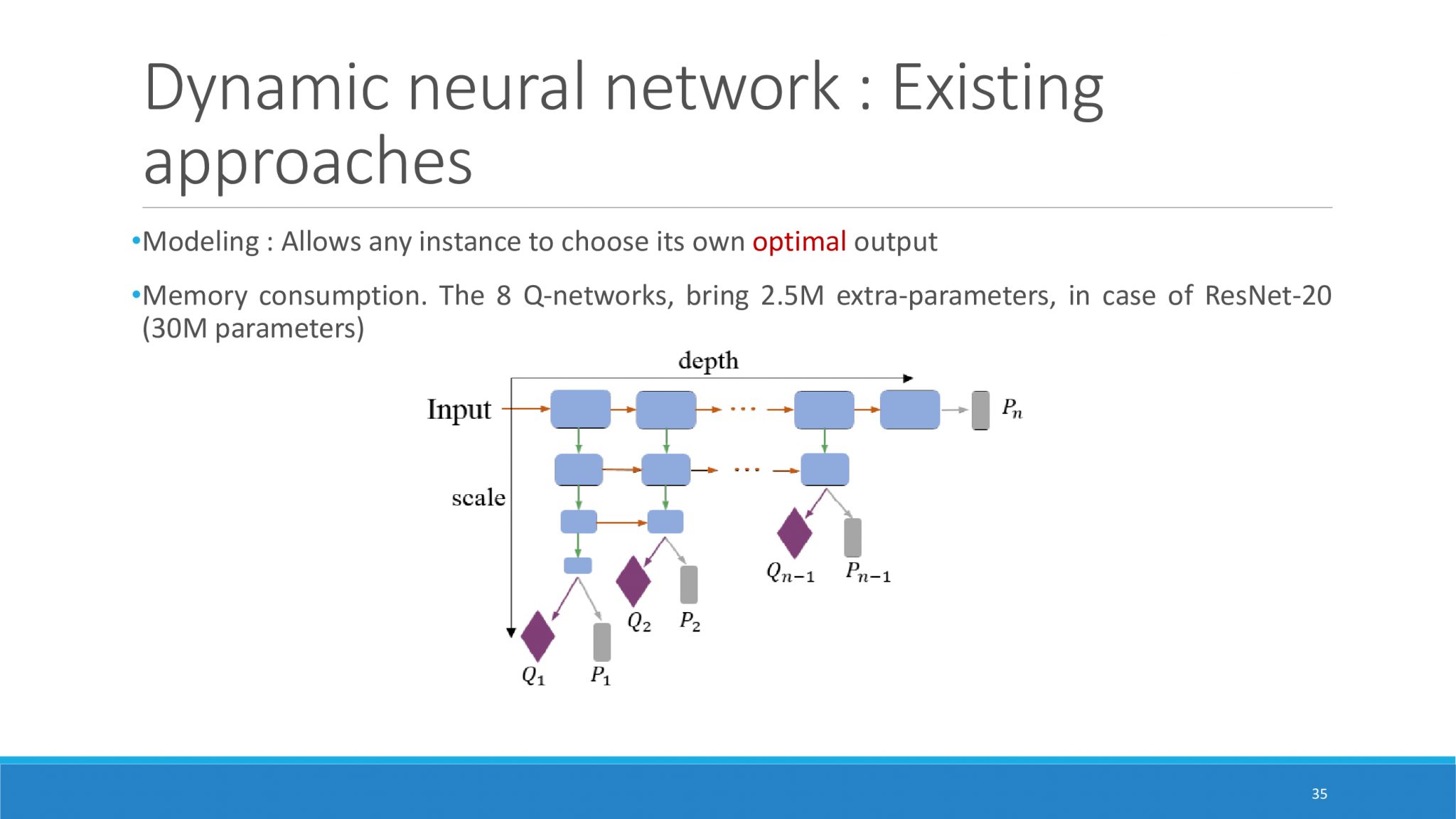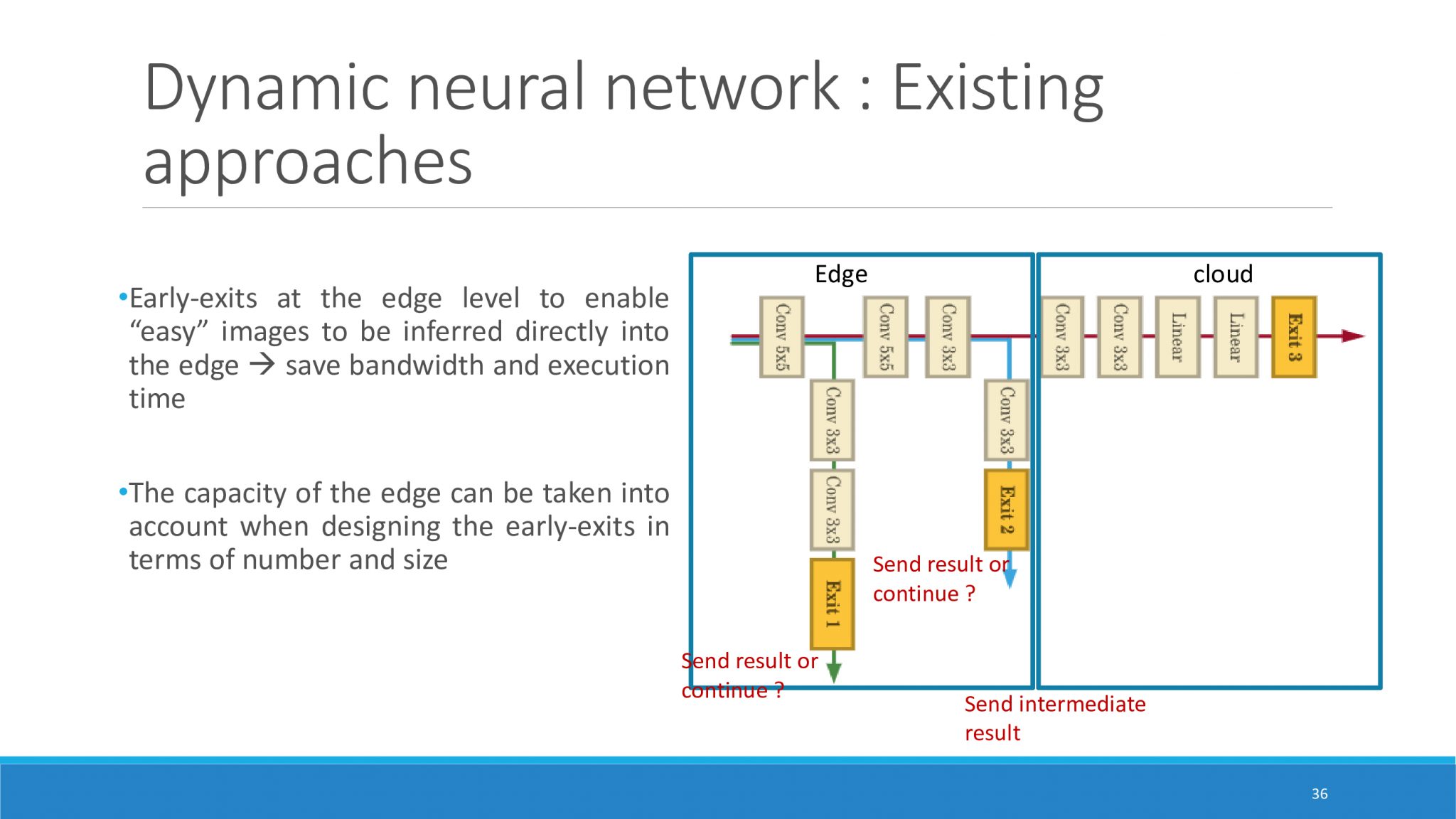ChatGPT: The Fascinating Language Model by OpenAI
In today’s world, natural language processing (NLP) technologies have made remarkable strides, leading to more natural interactions between humans and machines. Among these advancements, ChatGPT, developed by OpenAI, stands out as one of the most fascinating and influential language models. In this article, we will explore the working principle of ChatGPT and discover how it achieves an impressive understanding and generation of human language.
What is ChatGPT?
ChatGPT is a language model developed by OpenAI. It is an advanced version of the GPT (Generative Pre-trained Transformer) architecture, specifically optimized for interaction with users in the form of conversation. GPT-3.5, which serves as the foundation for ChatGPT, is currently one of the largest language models ever created, with 175 billion parameters, enabling much more sophisticated language understanding and generation than its predecessors.

The operation of ChatGPT relies on two essential steps: pre-training and fine-tuning.
- Pre-training: During this phase, the model is exposed to a vast corpus of text from the Internet, encompassing a wide variety of topics and writing styles. The model attempts to predict the next words in a given text, using the contextual relationship between words. As a result, the model develops a rich and complex internal representation of language, where each word is associated with a numerical vector in the model’s latent space. The pre-training process is particularly resource-intensive in terms of time and computational power. However, once this process is completed, the pre-trained model possesses an impressive knowledge of language, making it capable of understanding and generating coherent sentences.
- Fine-tuning: After pre-training, the model is fine-tuned for a specific task, such as translation, writing, customer assistance, or, in the case of ChatGPT, natural language interaction in the form of chat. During this phase, the model is exposed to task-specific datasets, with examples of human conversations for supervised learning. The model learns to adapt its language generation to appropriately respond to user queries, producing relevant and informative answers.
Advantages and Limitations of ChatGPT:
ChatGPT offers considerable advantages, including:
- Natural Interaction: It can interact with users naturally, simulating realistic human conversation.
- Versatility: ChatGPT can be used for various tasks, ranging from text generation to customer support.
- Accessibility: It allows users without programming knowledge to benefit from advanced NLP capabilities.
However, it is essential to note that ChatGPT is not without limitations:
- Lack of Discretion: Being pre-trained on a wide corpus of data, the model may produce incorrect or inappropriate responses in some cases.
- Potential Bias: The model may reflect biases present in the training data, which can influence its responses.
- Limited Contextual Understanding: The model may sometimes lack deep contextual knowledge on specific topics.
Conclusion:
In conclusion, ChatGPT, based on the power of the GPT-3.5 architecture, is an impressive example of the evolution of language models and NLP. Despite its limitations, it opens the door to new possibilities for human-machine interactions and continues to evolve through ongoing research and development efforts in the field of artificial intelligence. Ethical and responsible use is crucial to fully harness its potential and avoid any negative impact.


